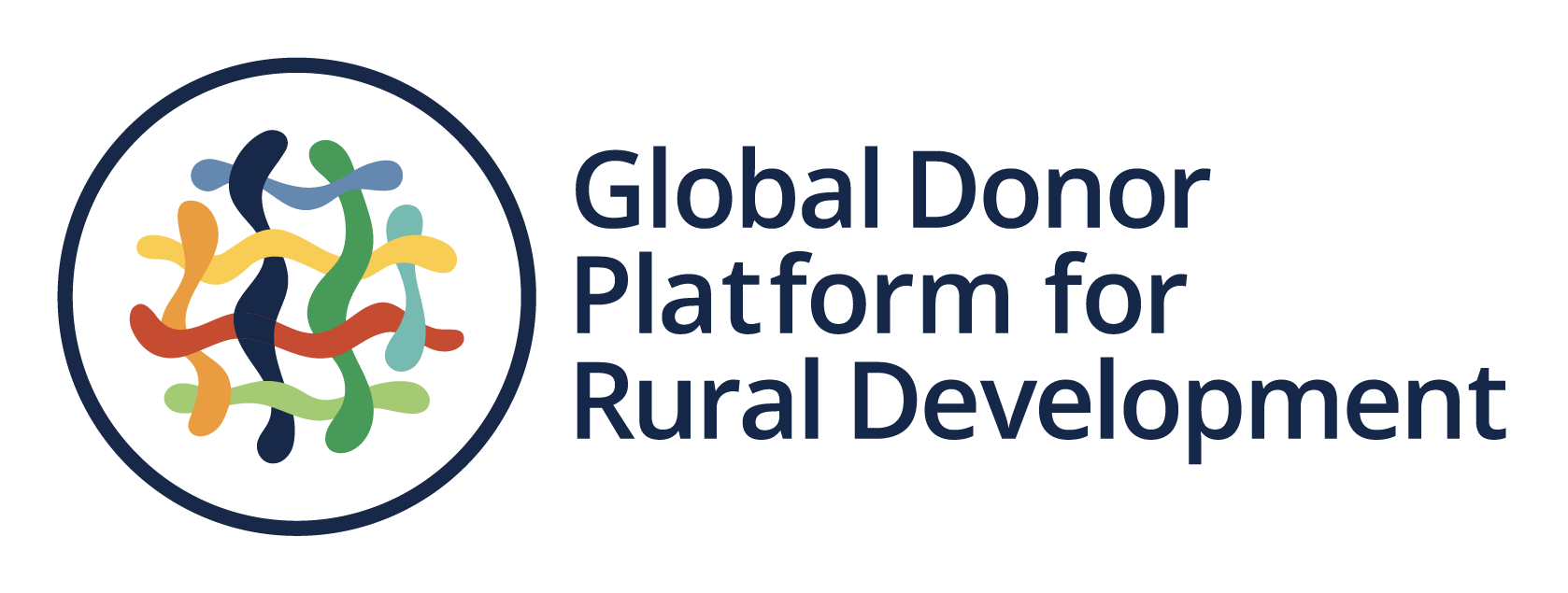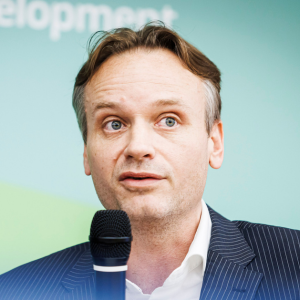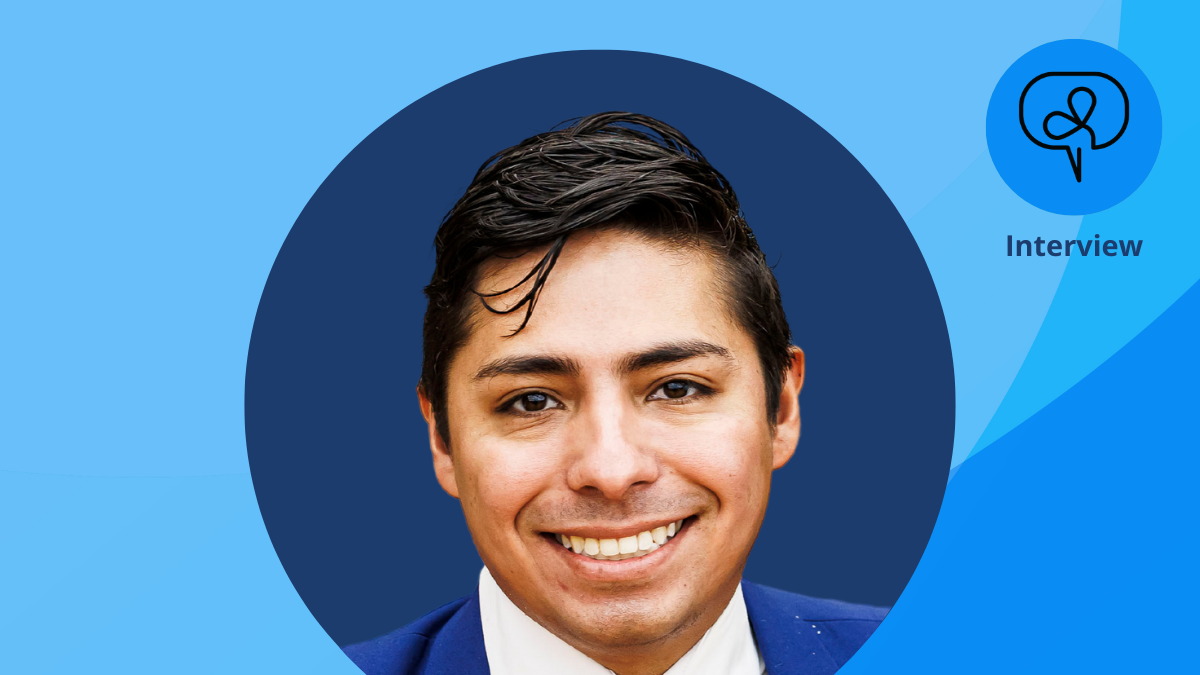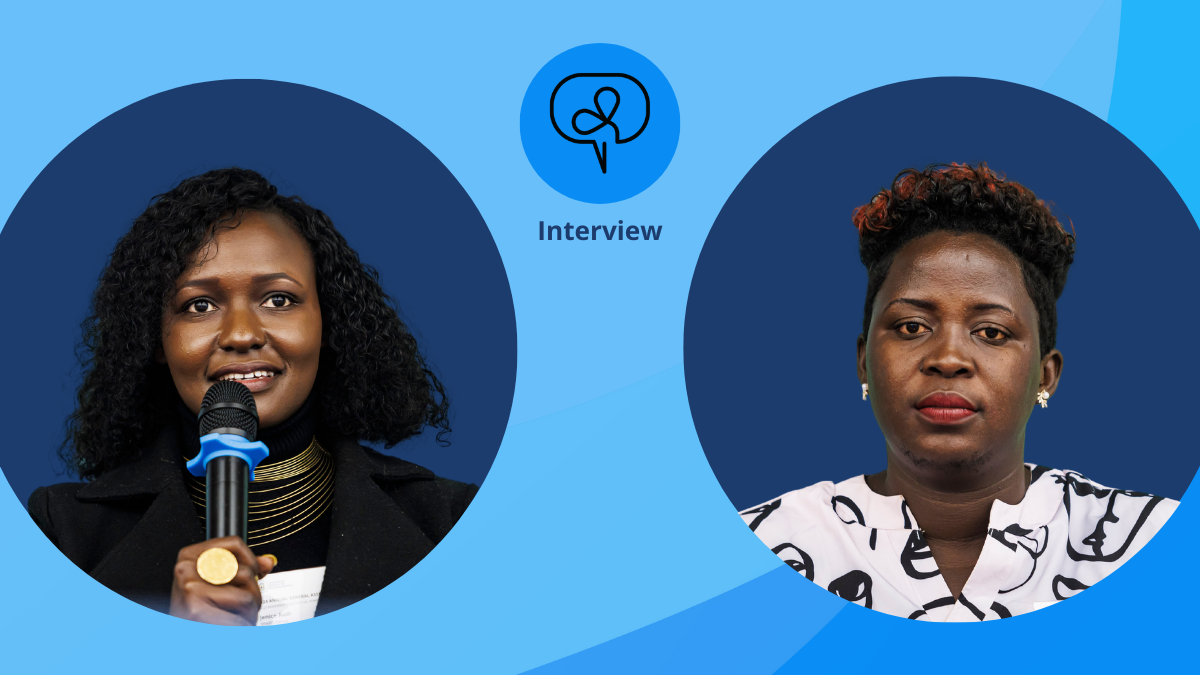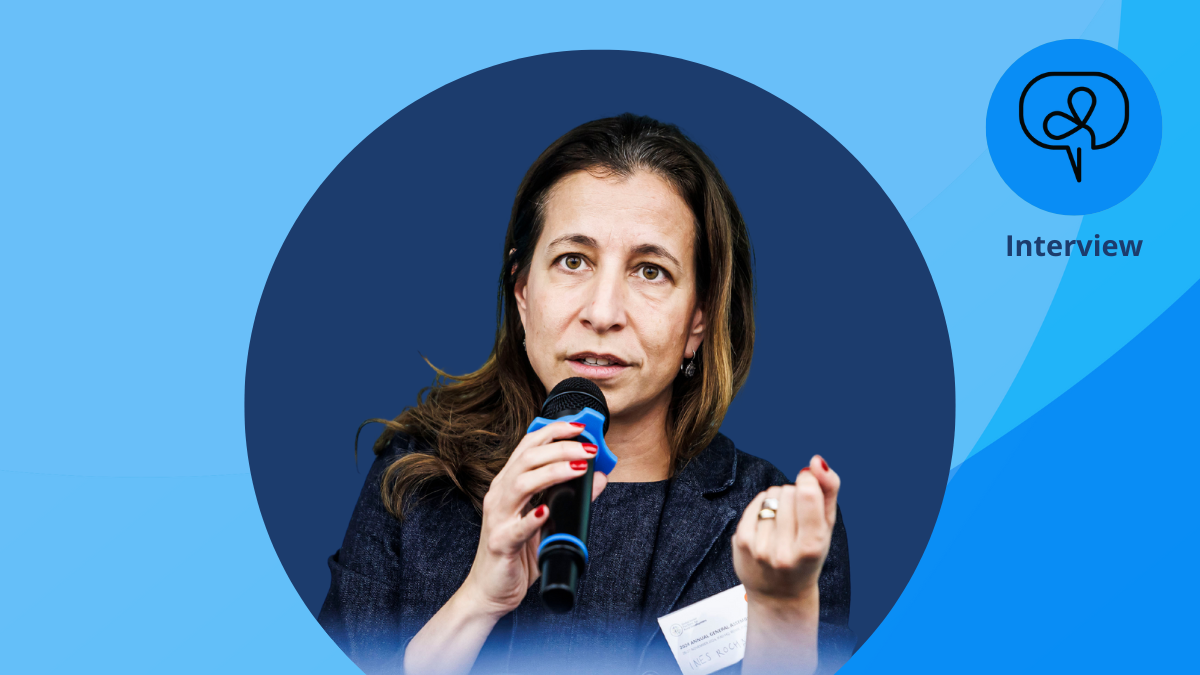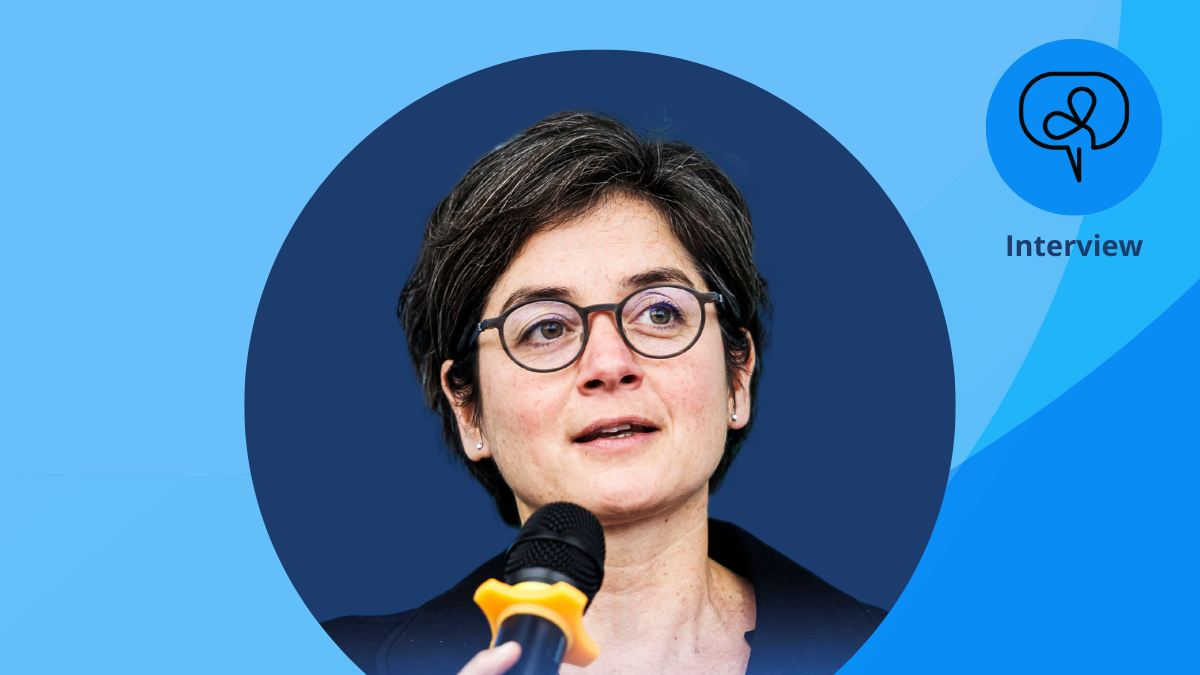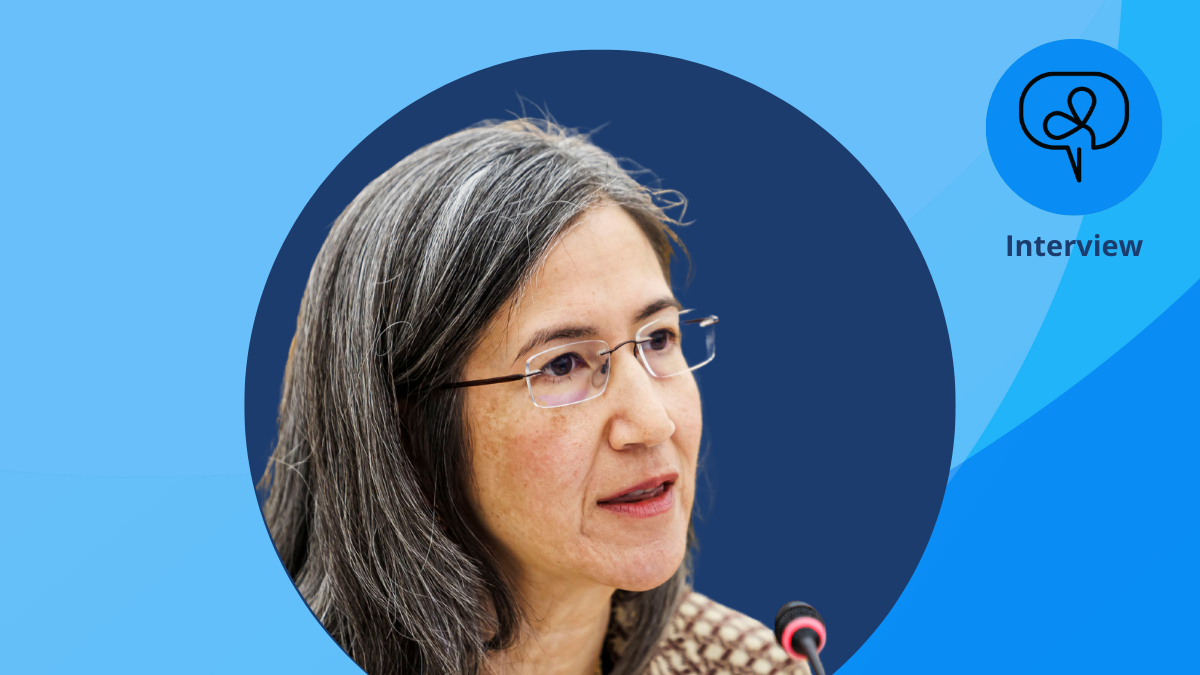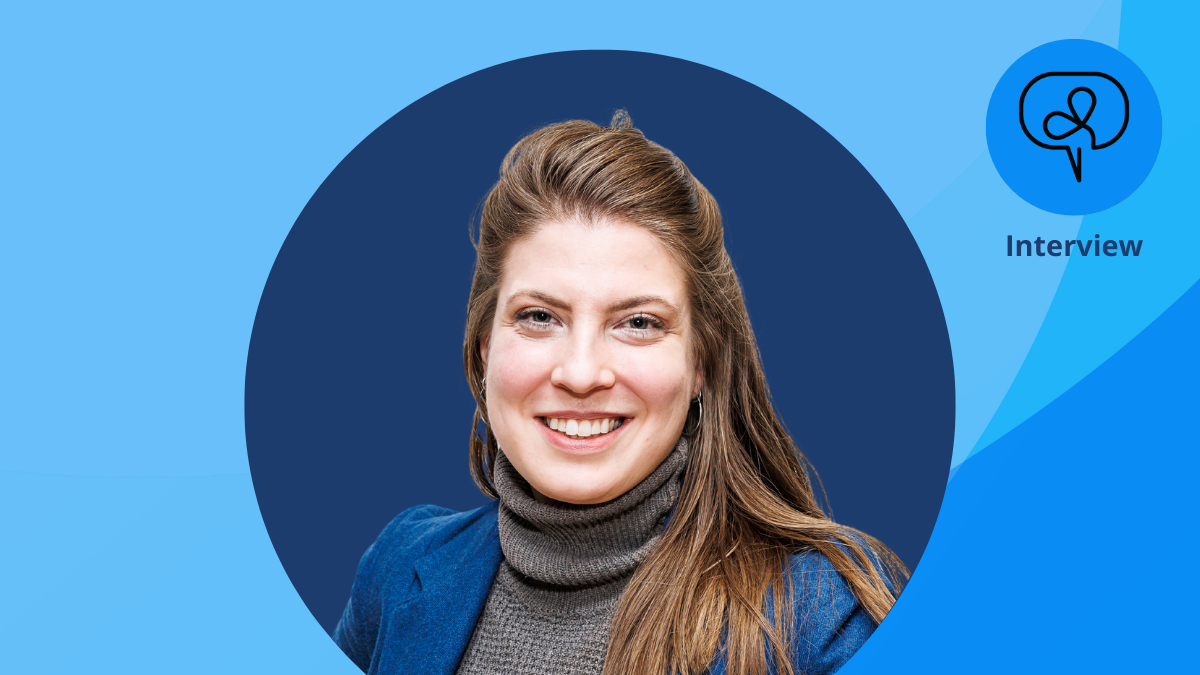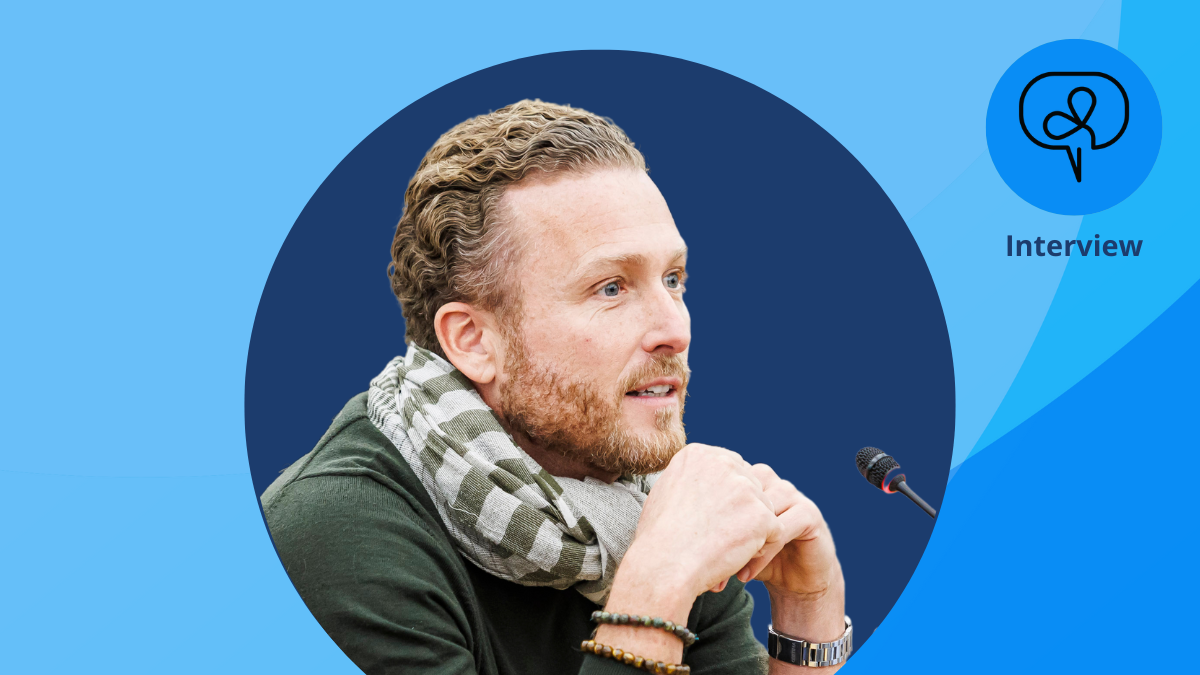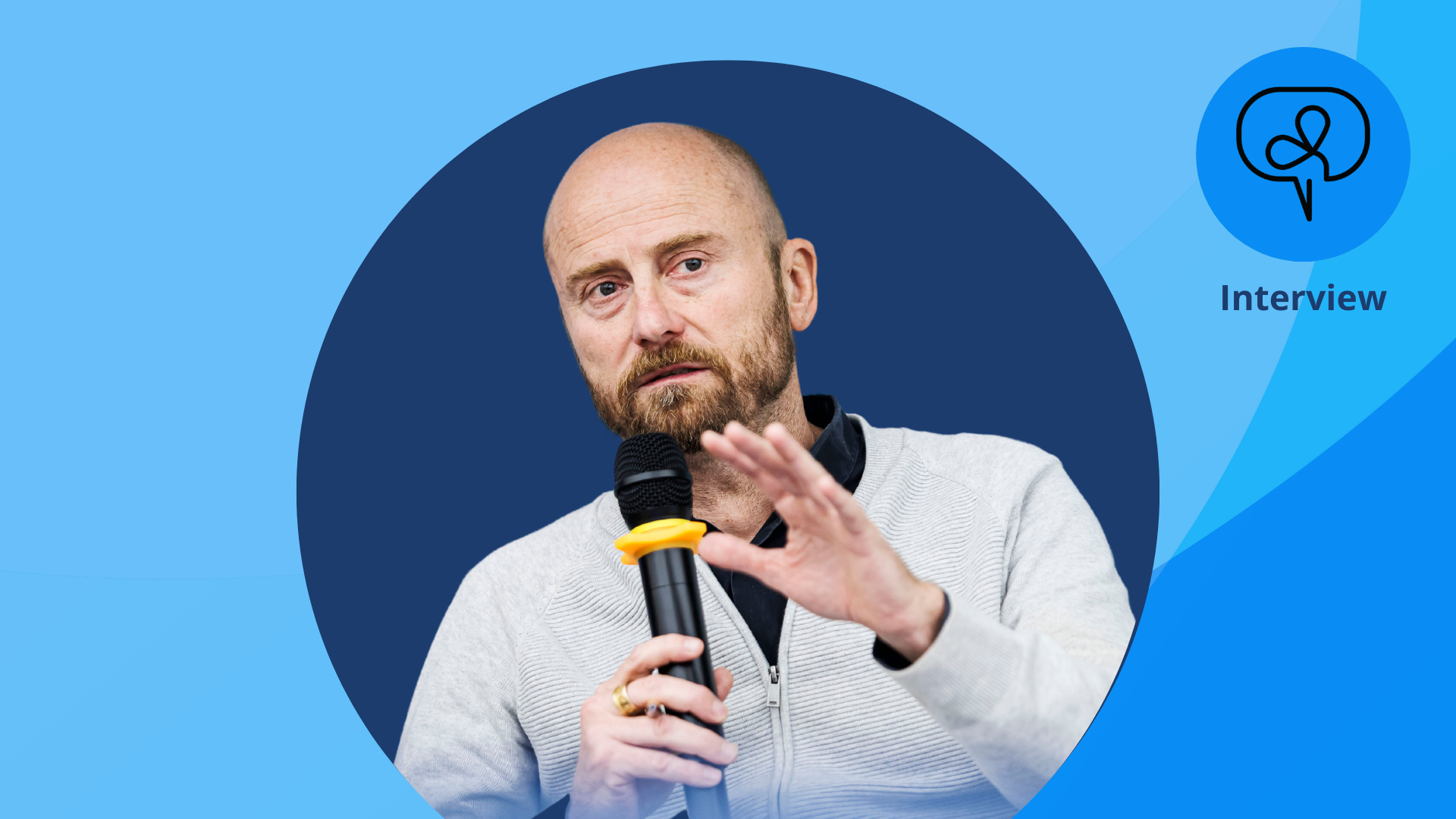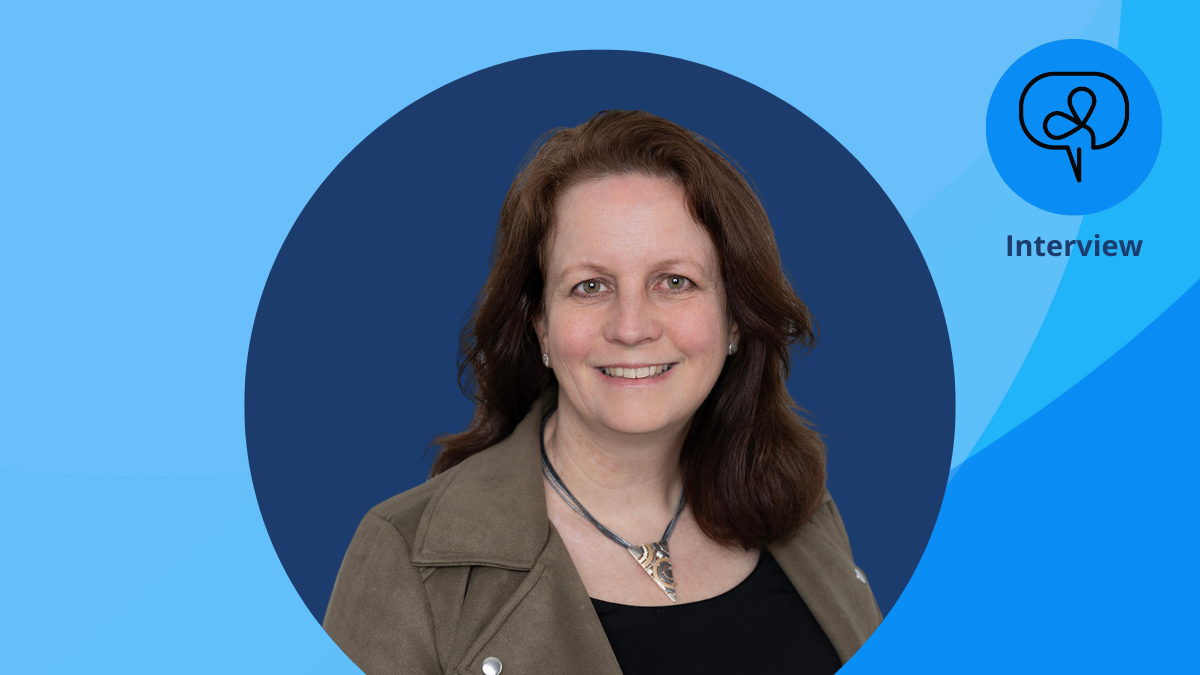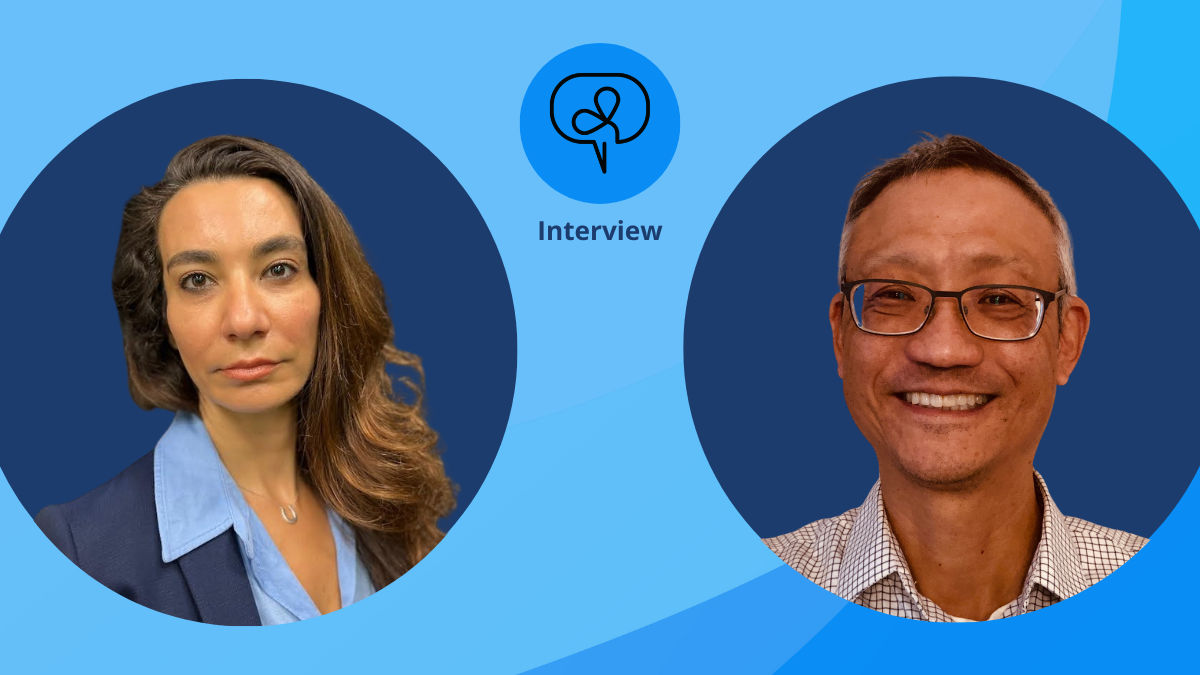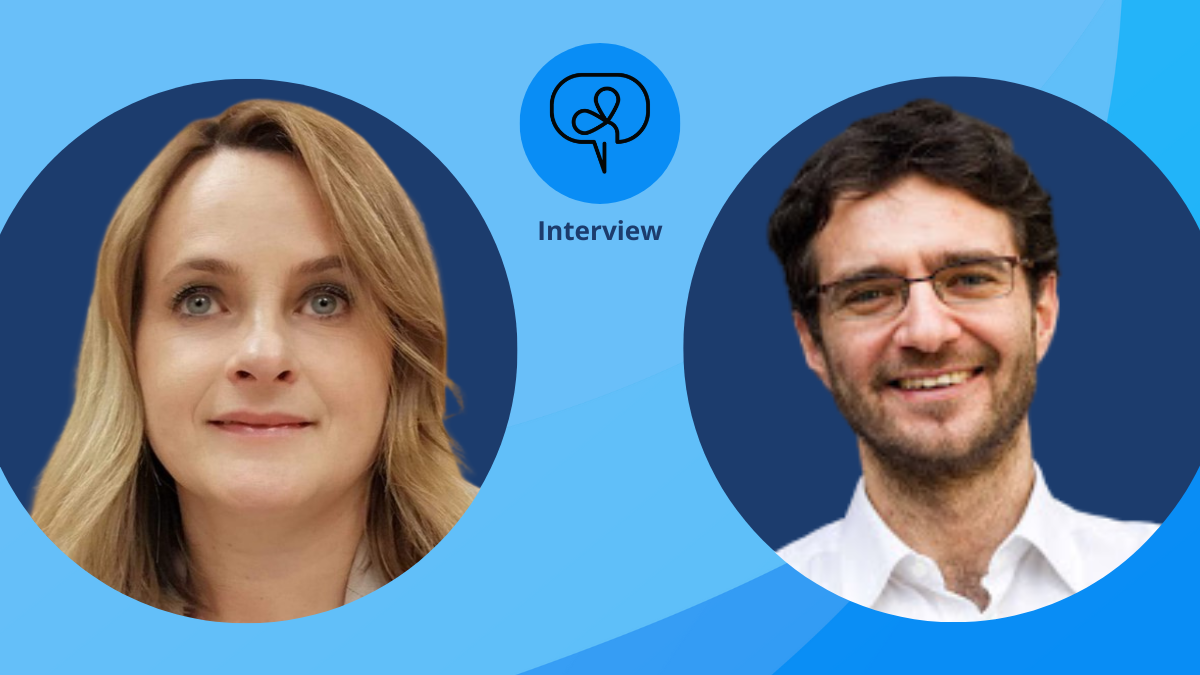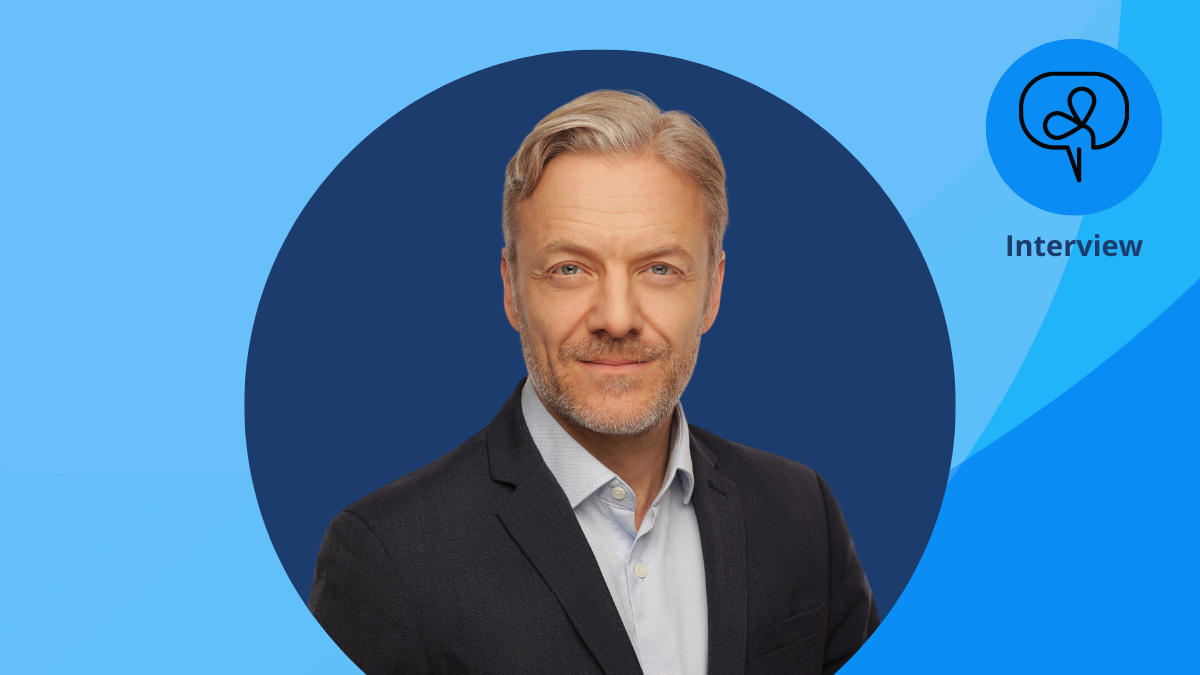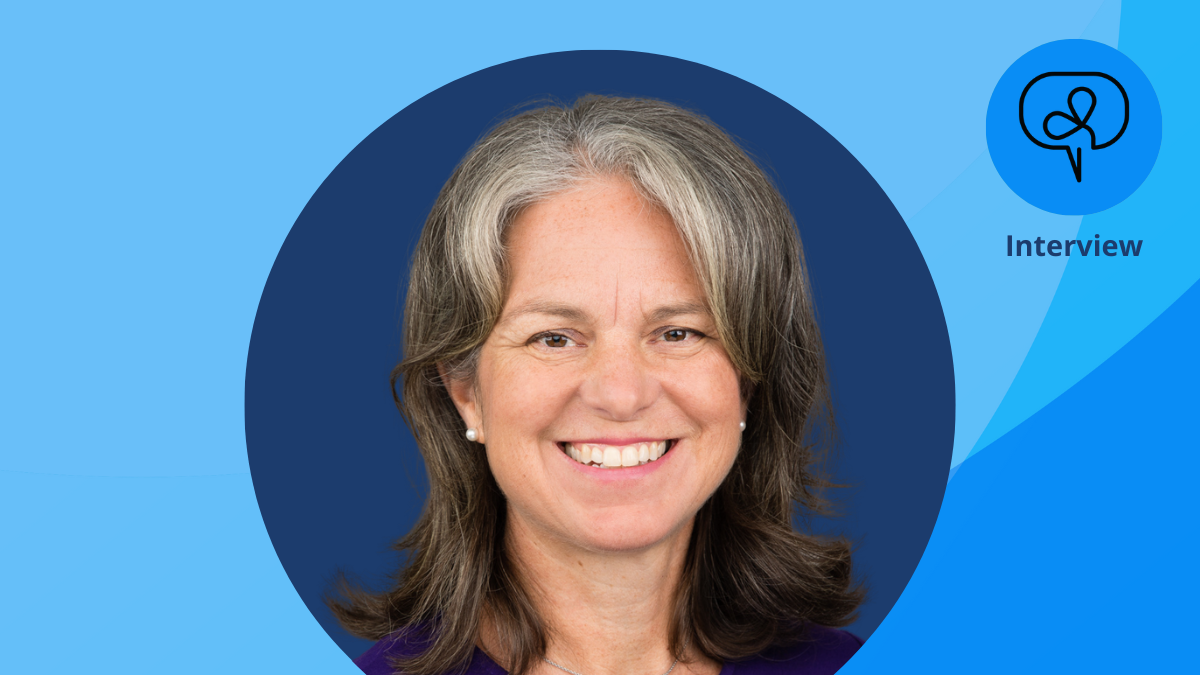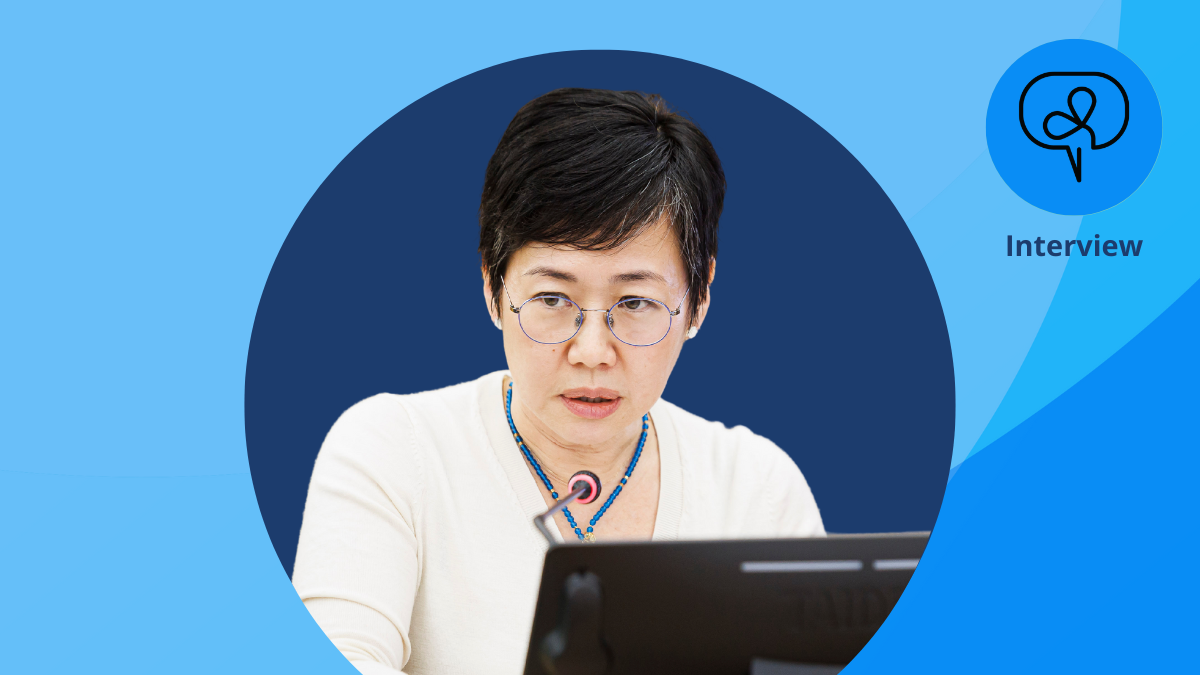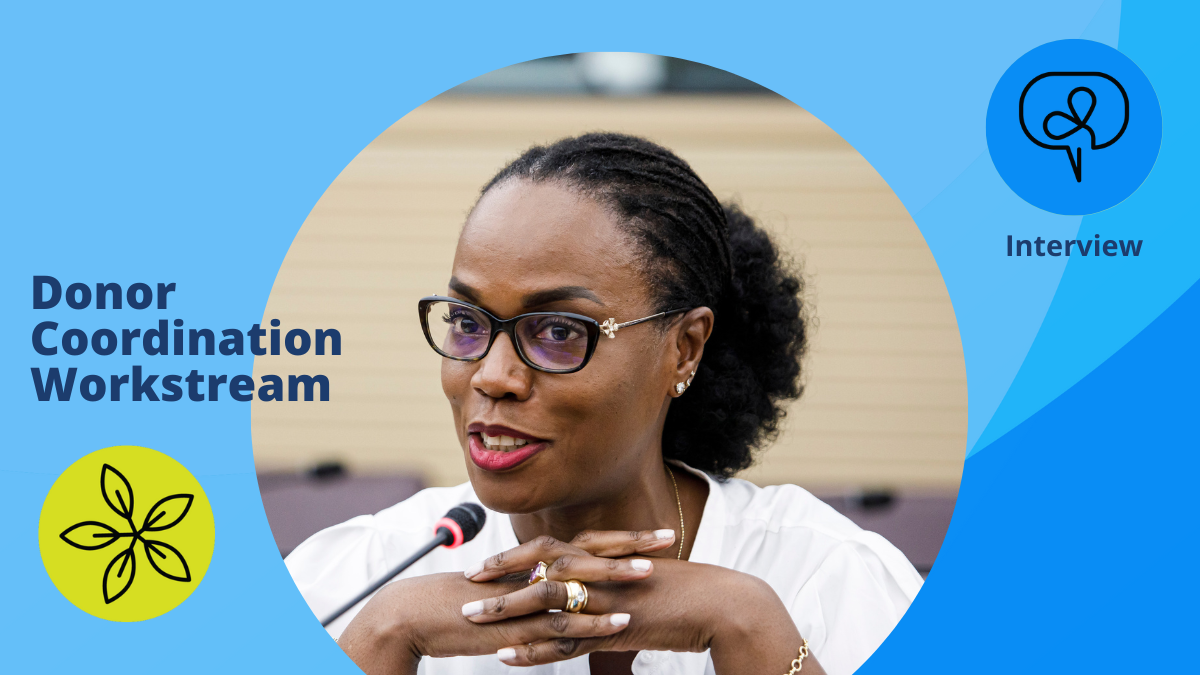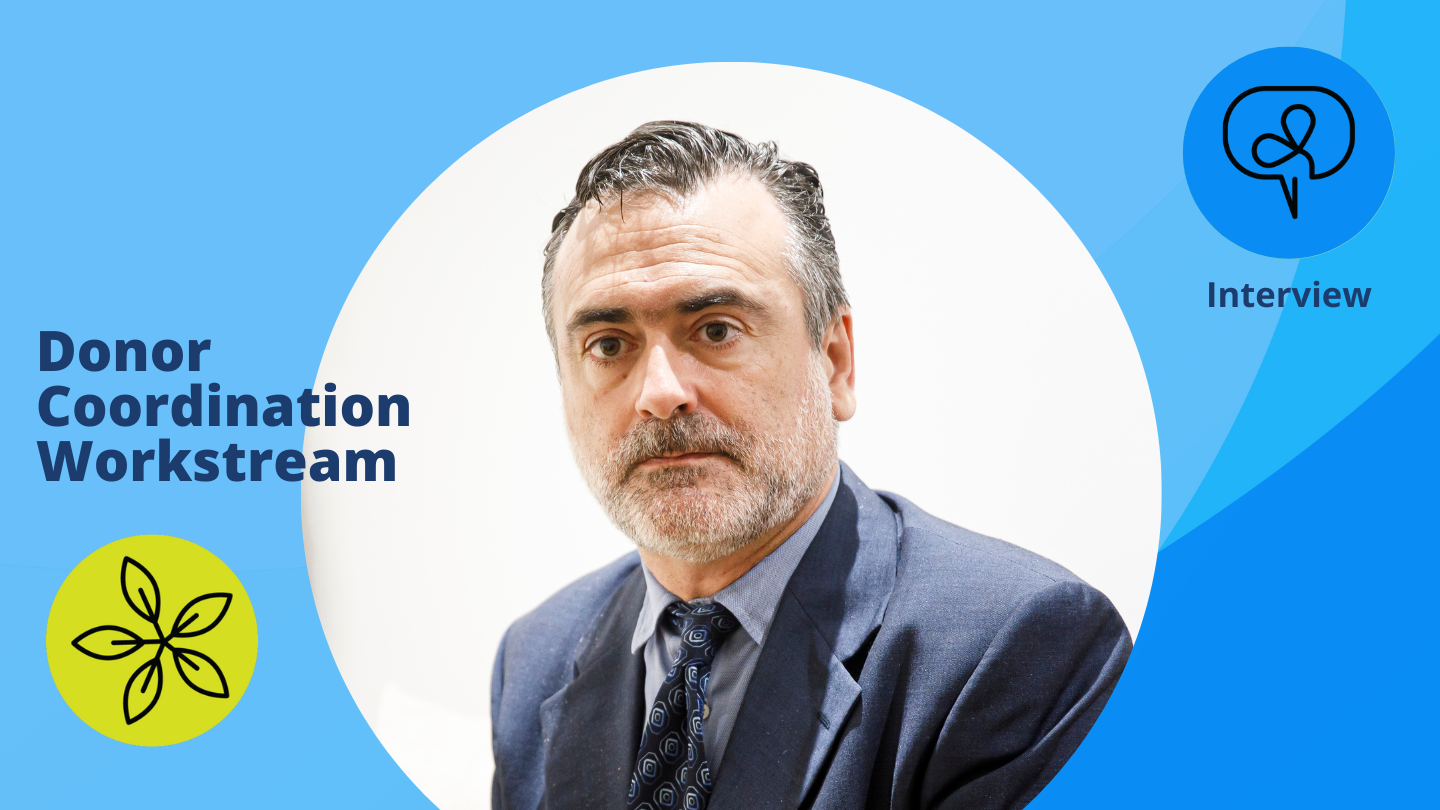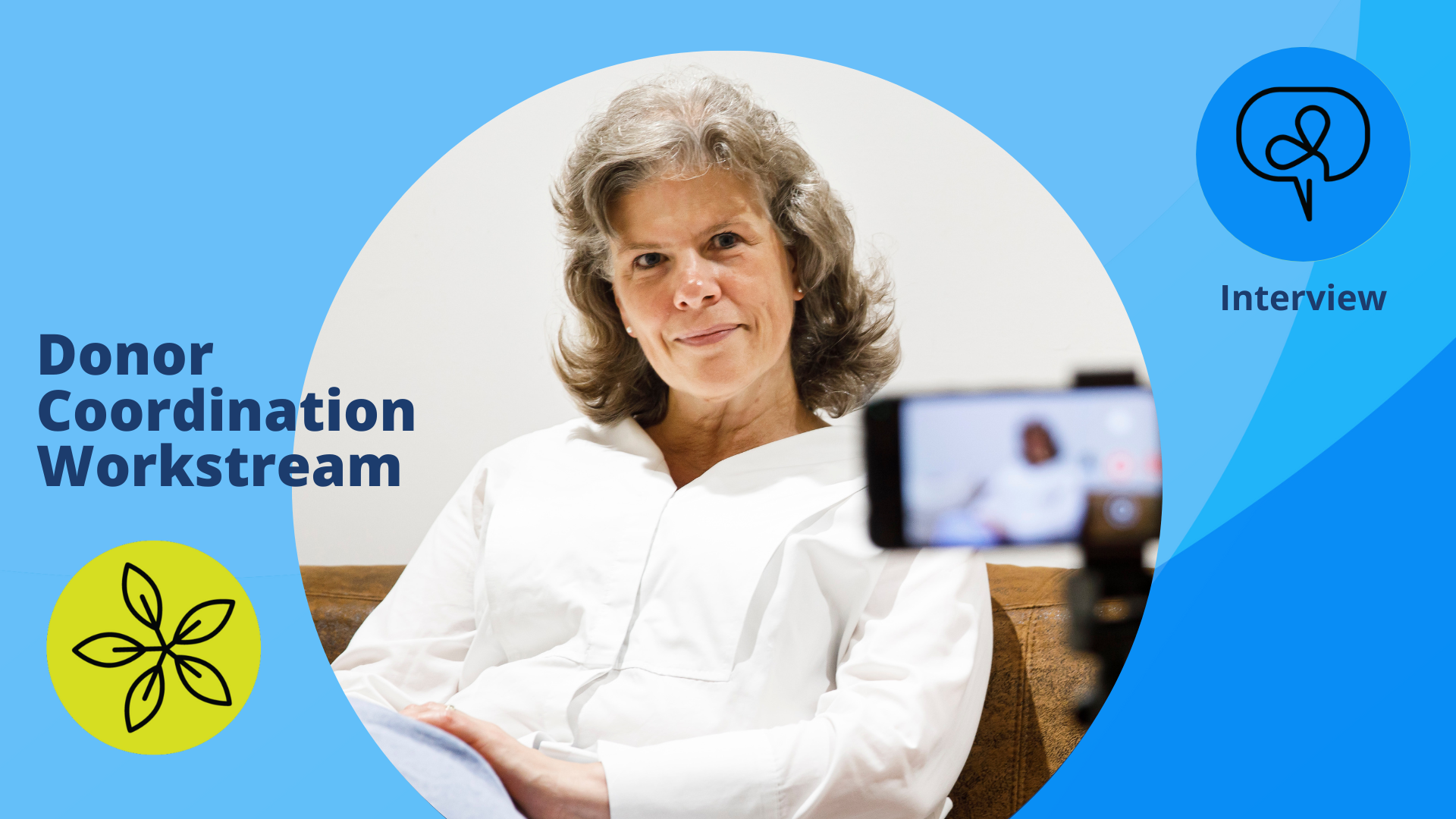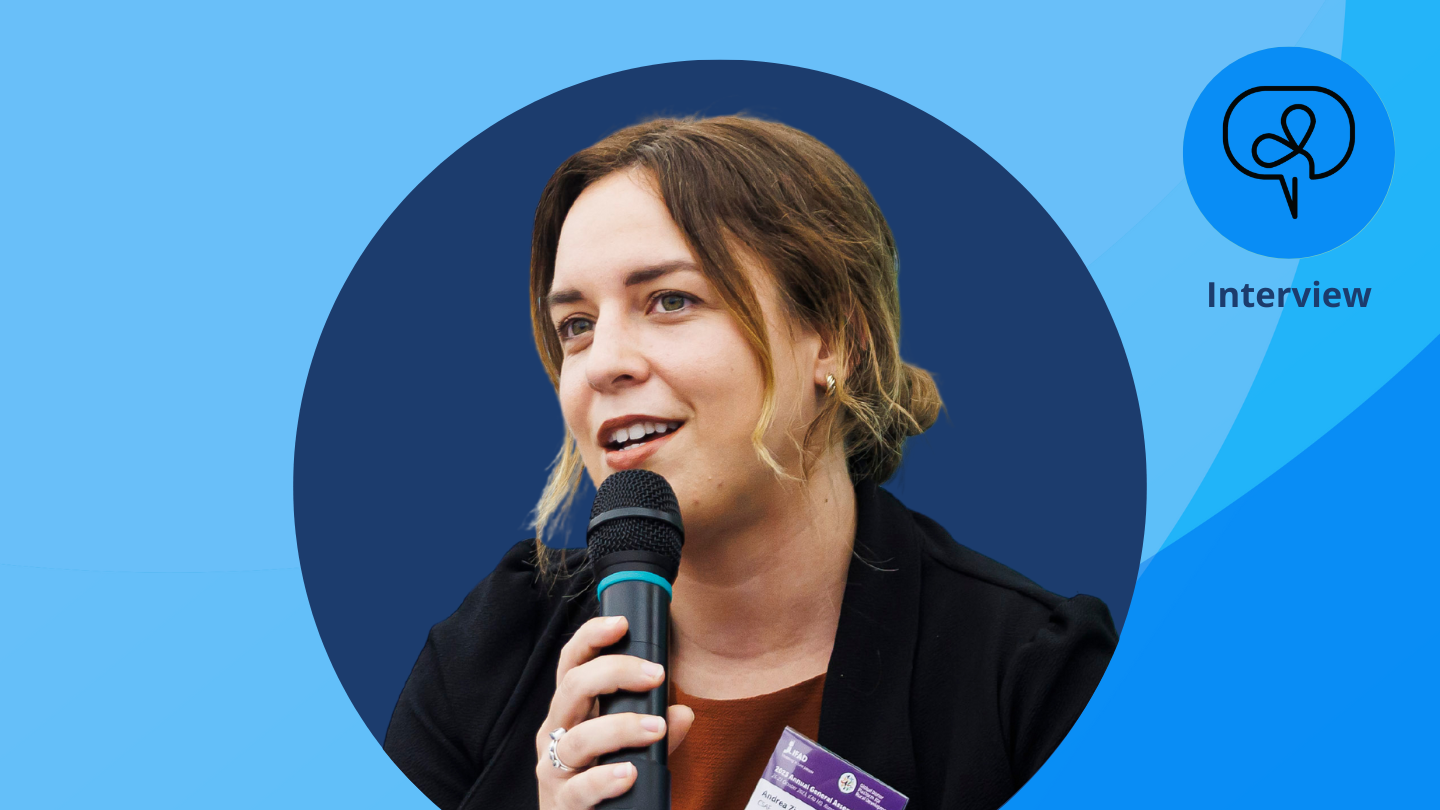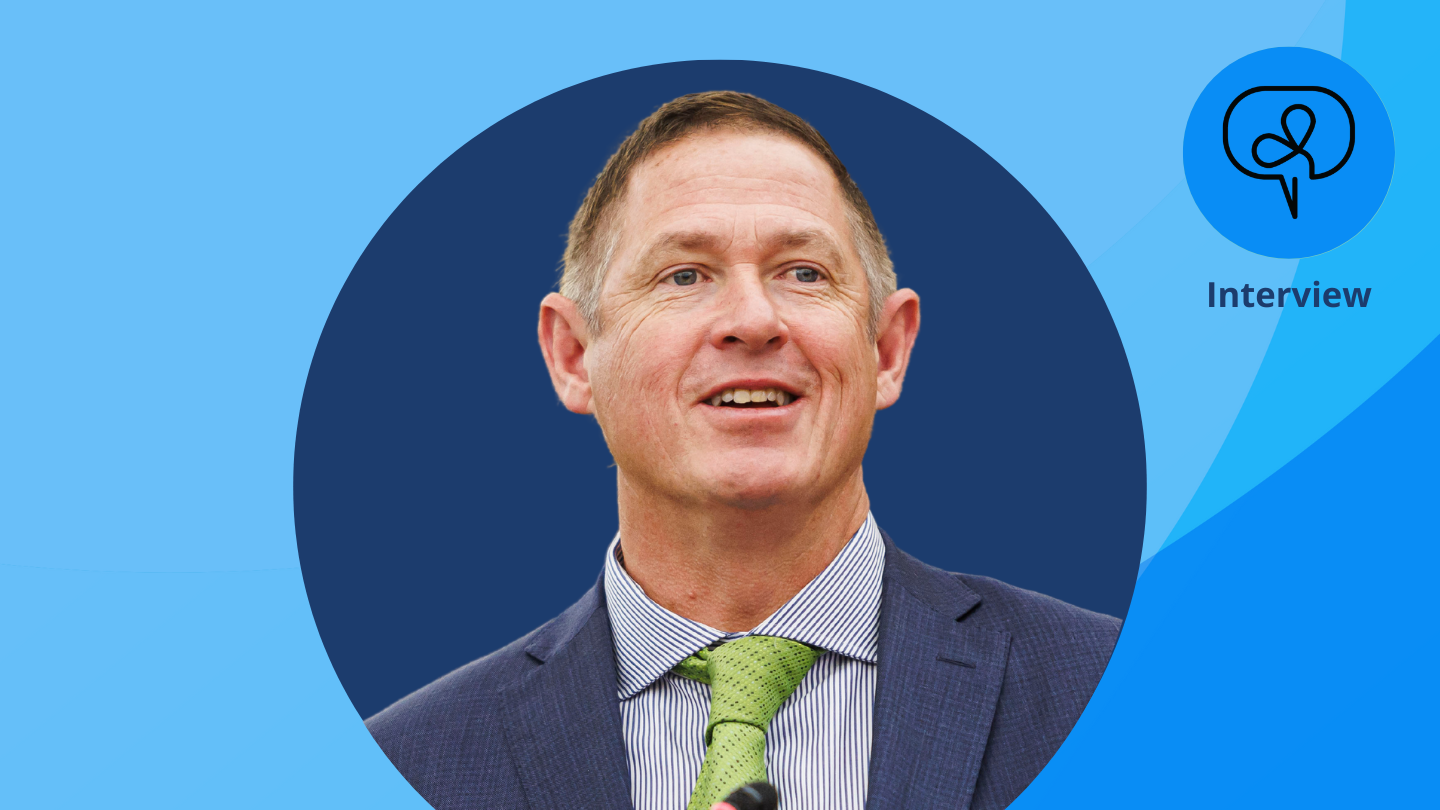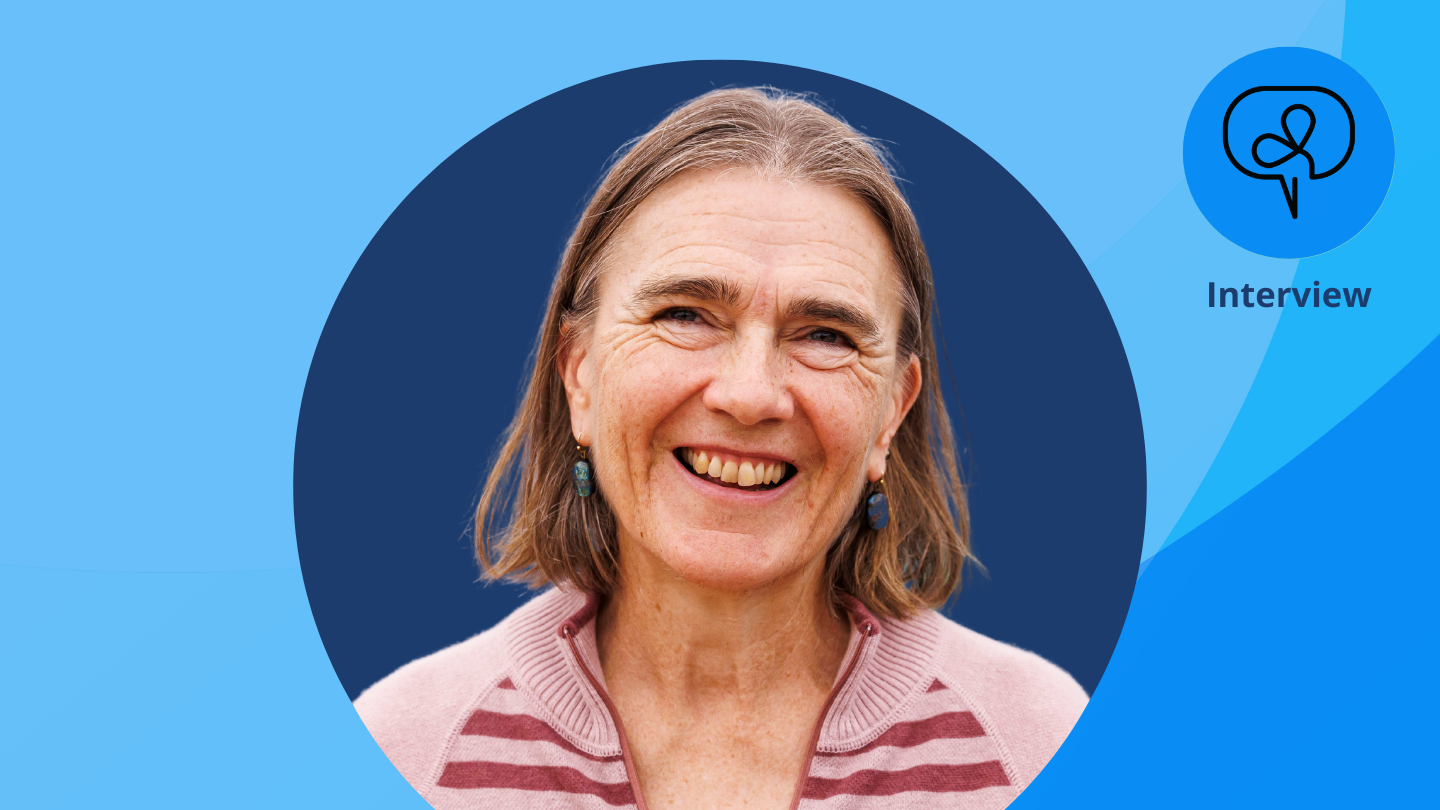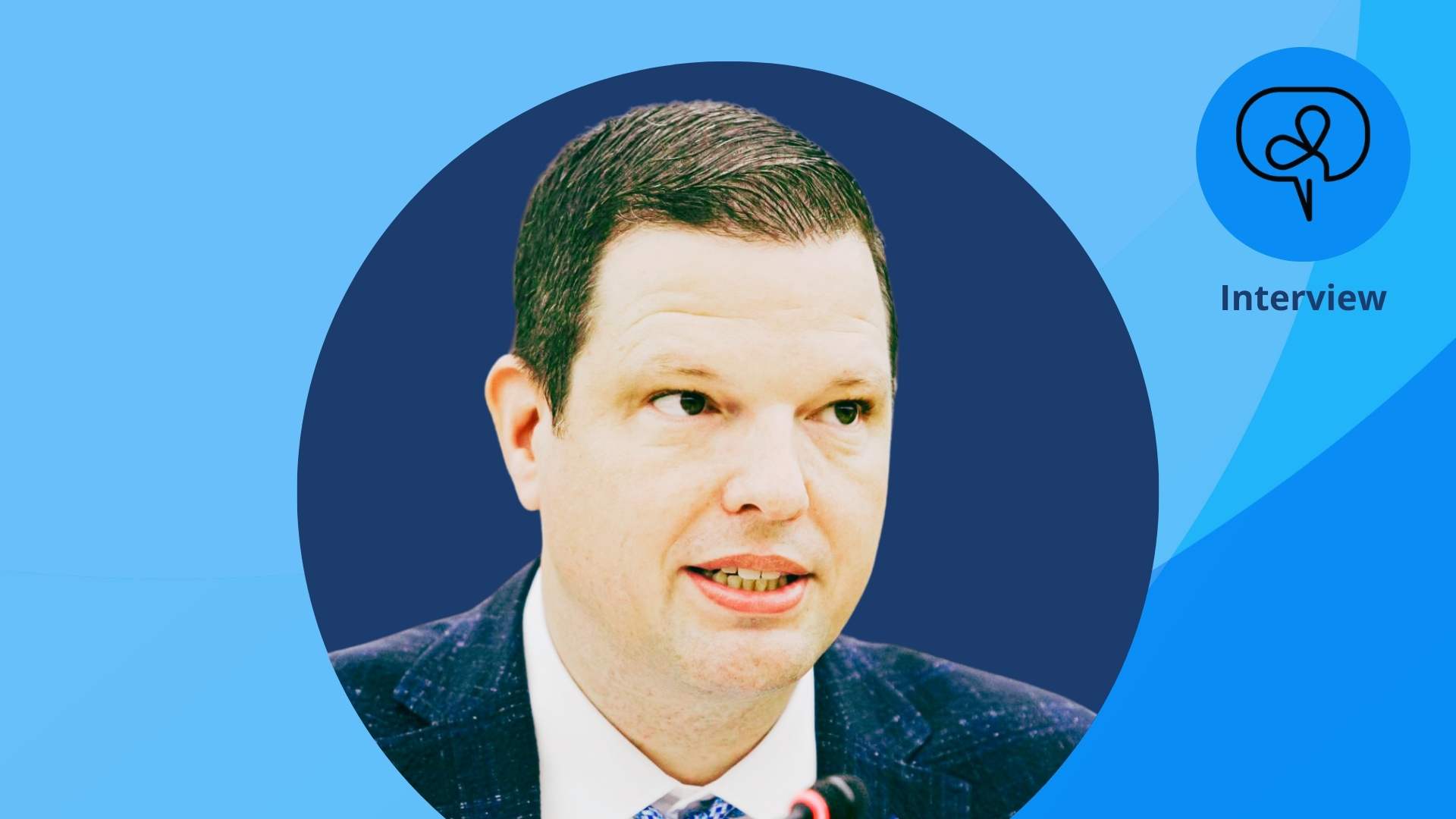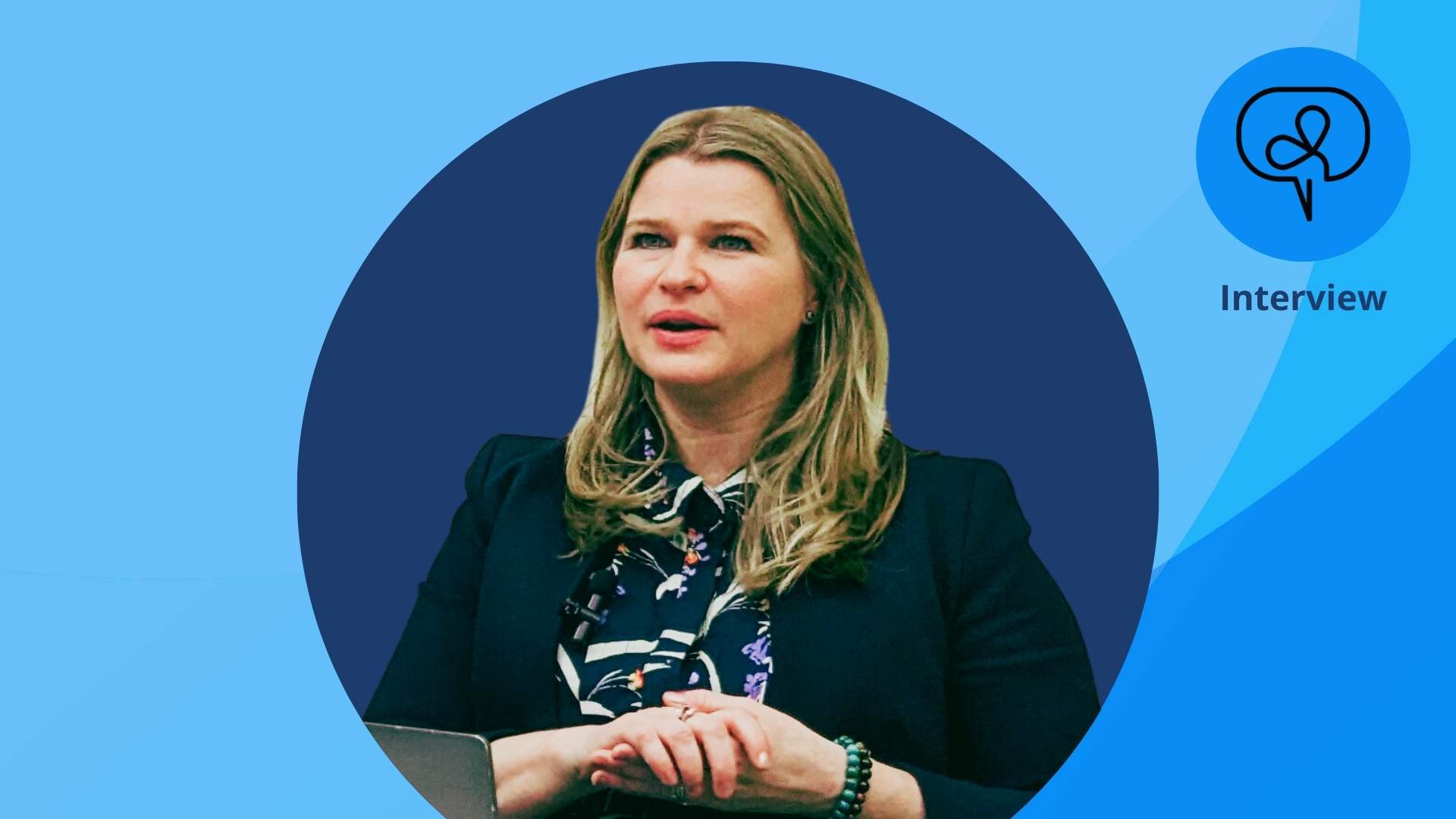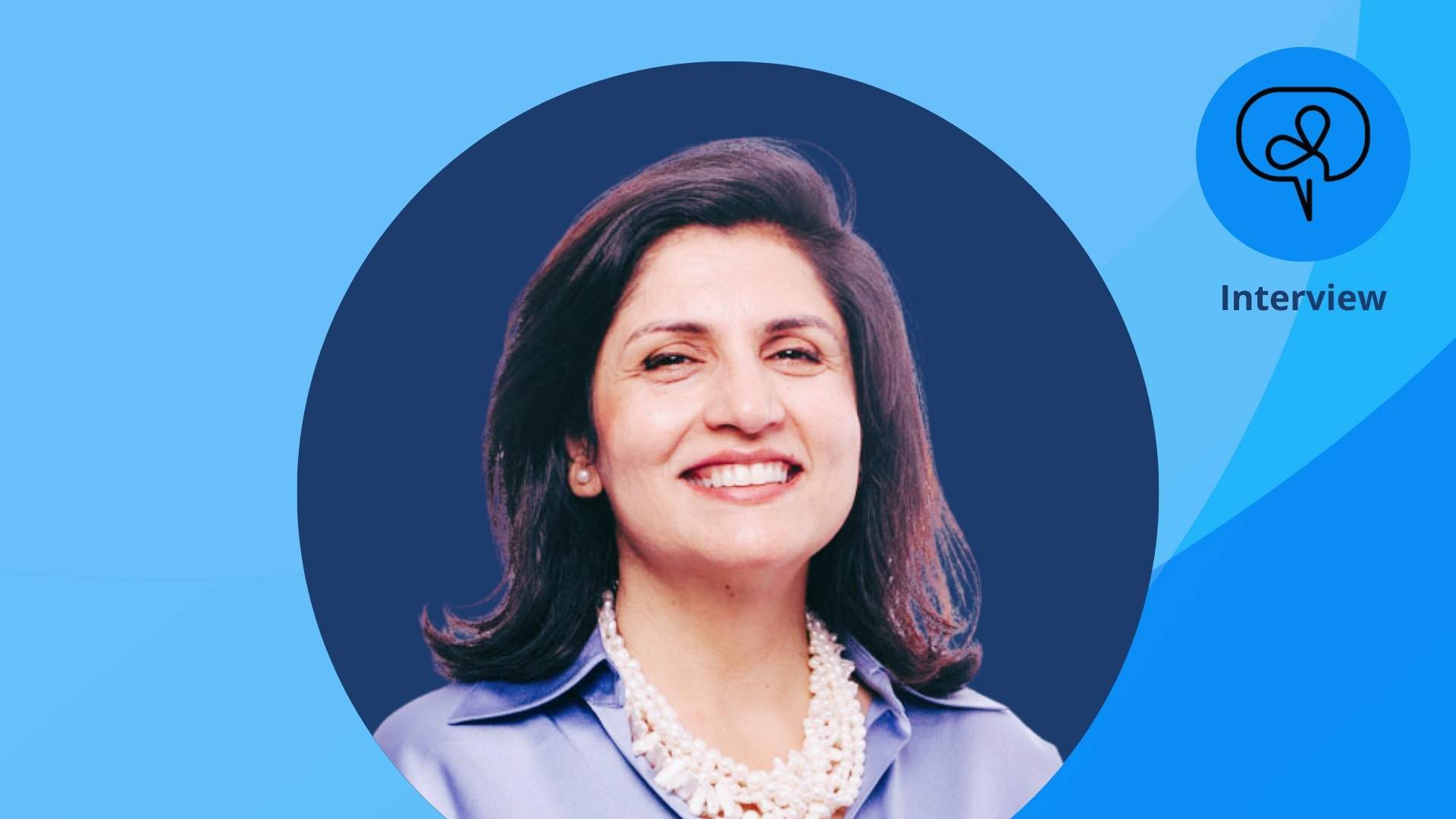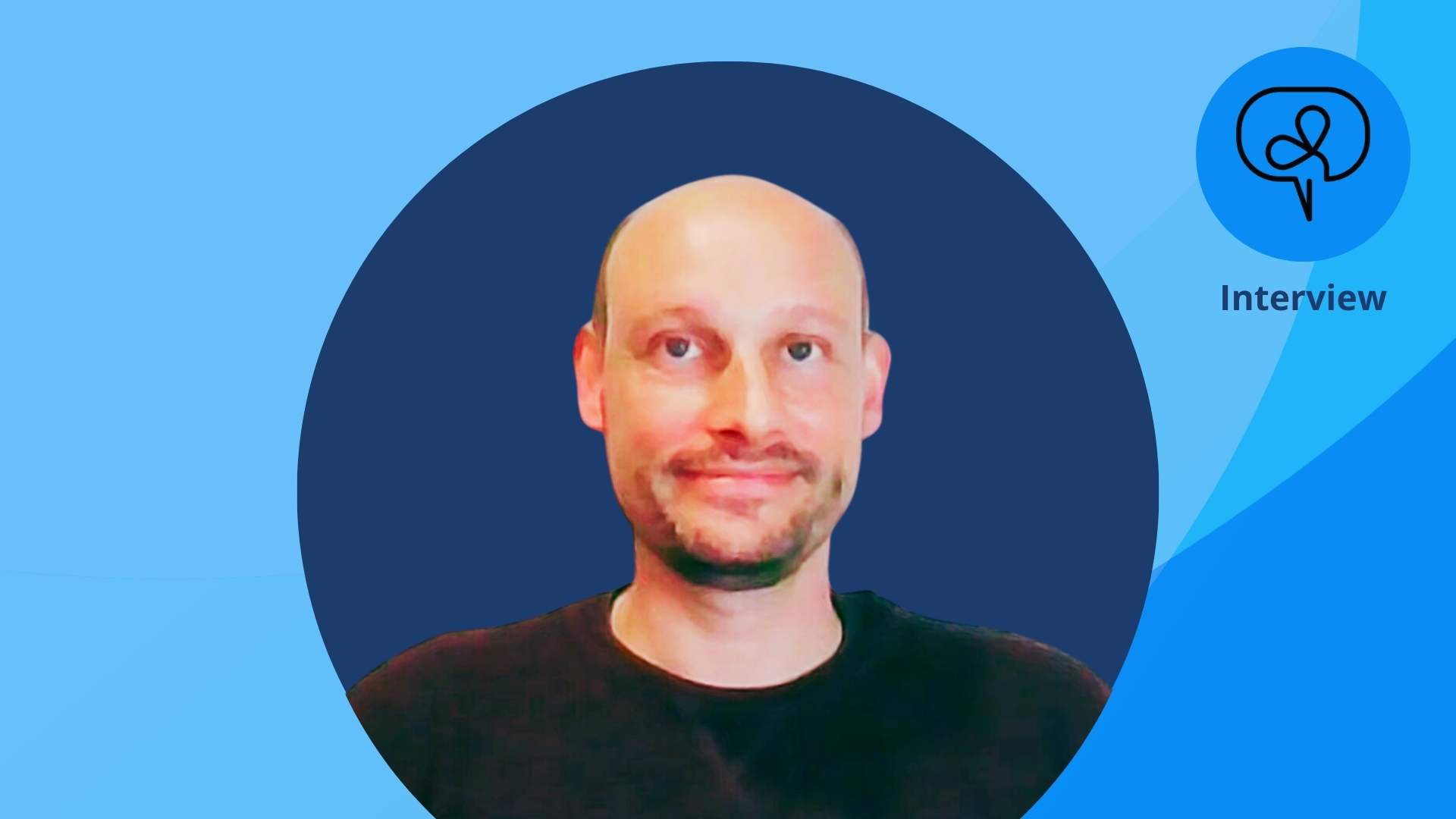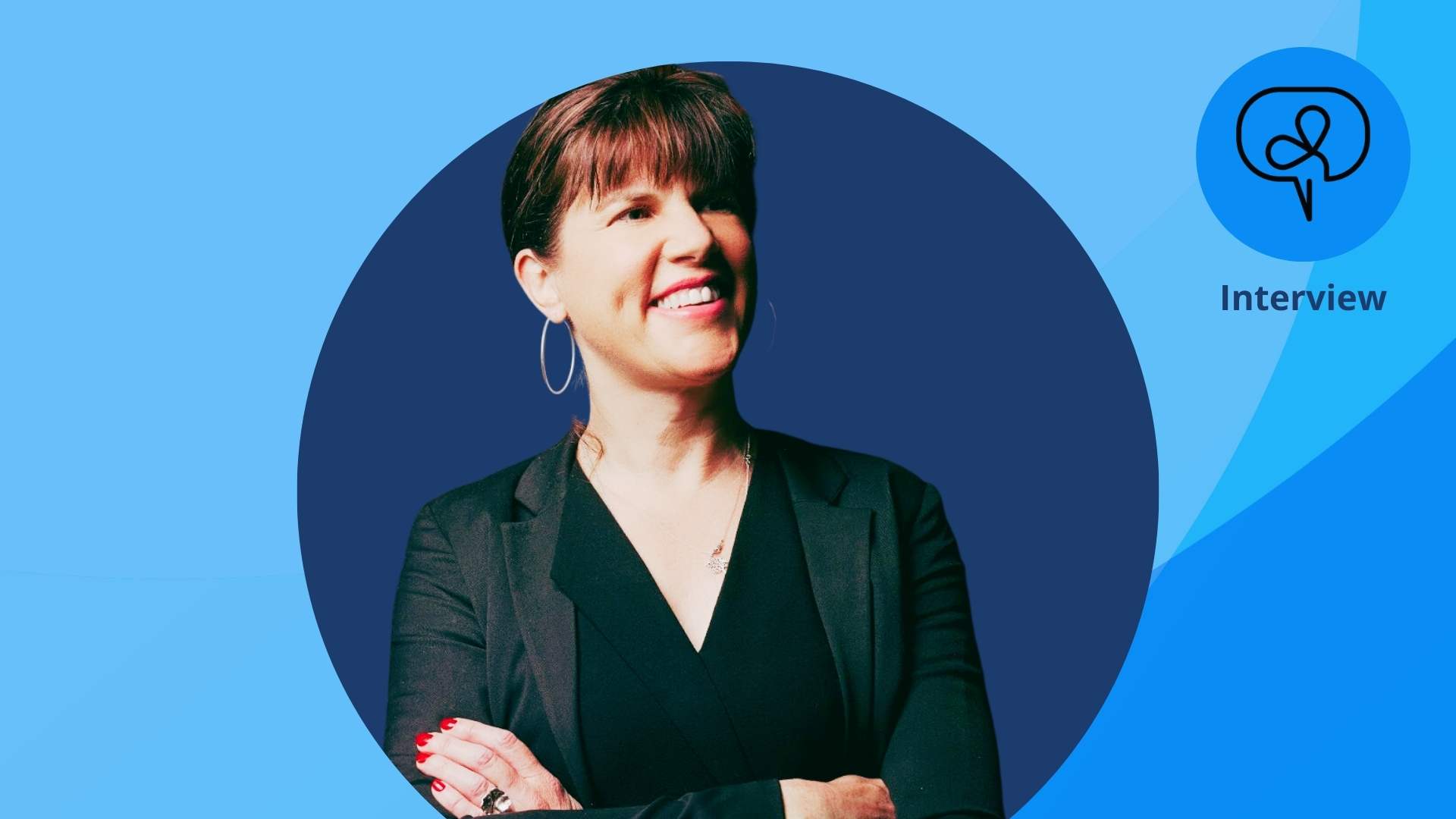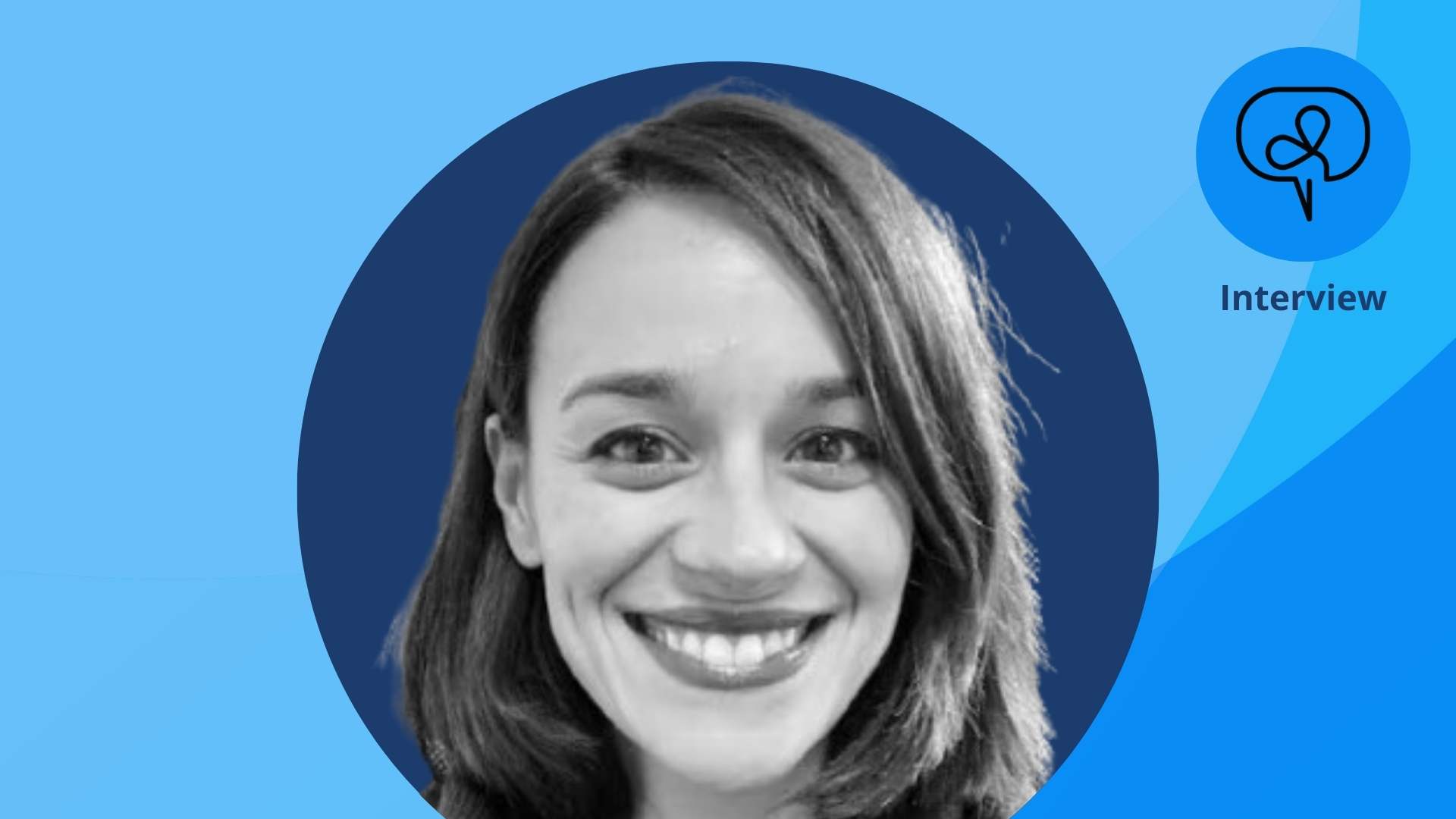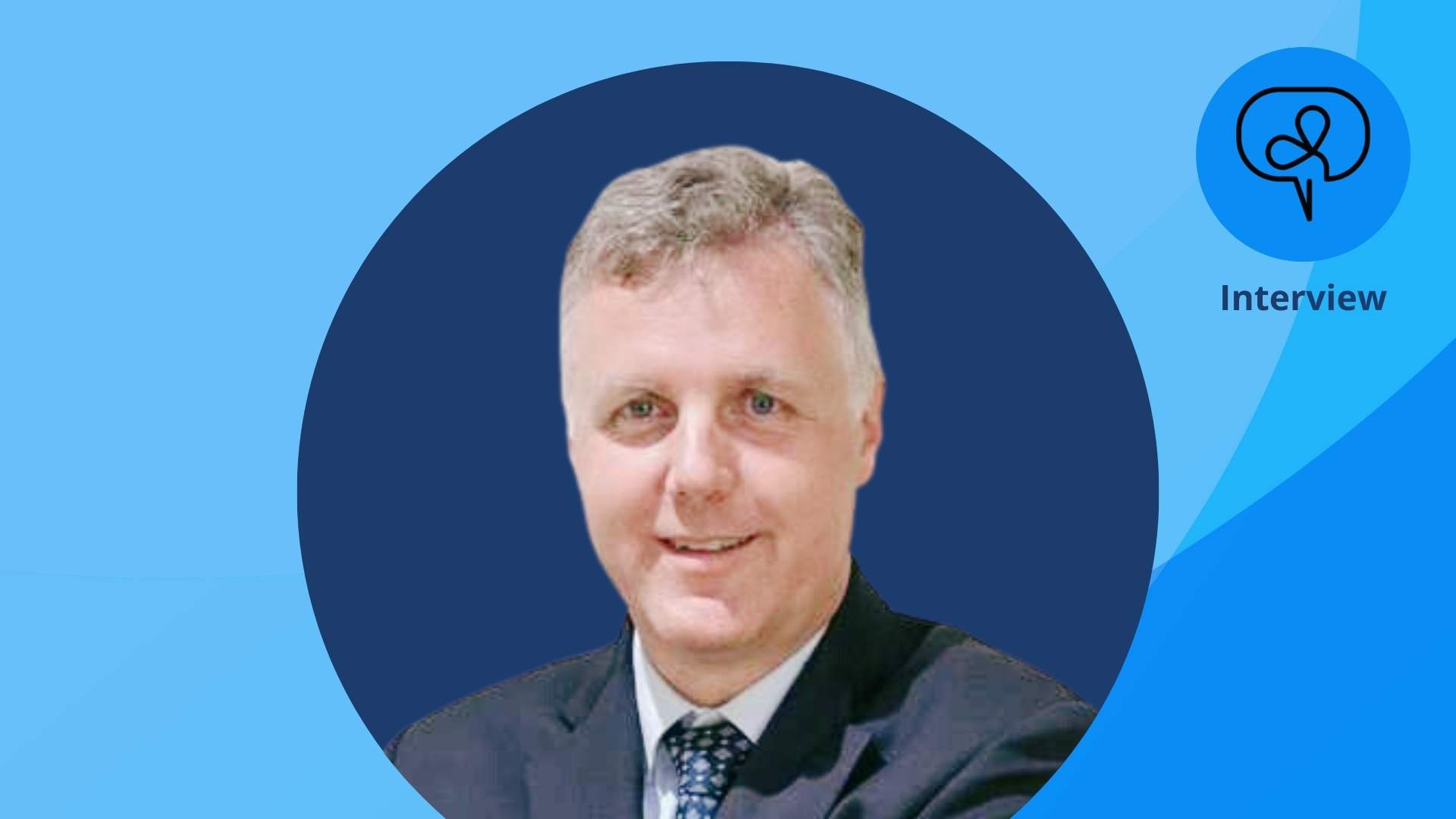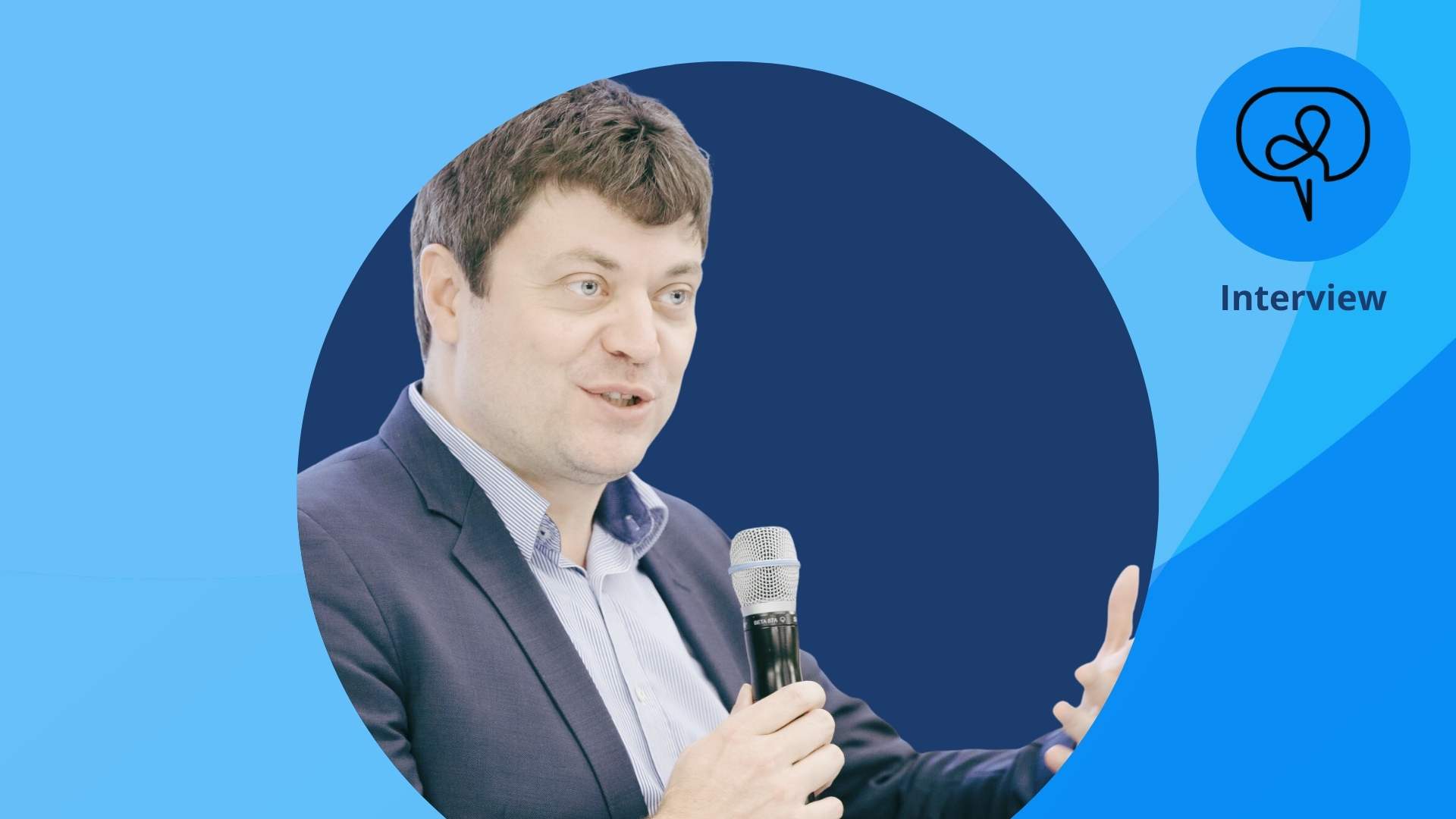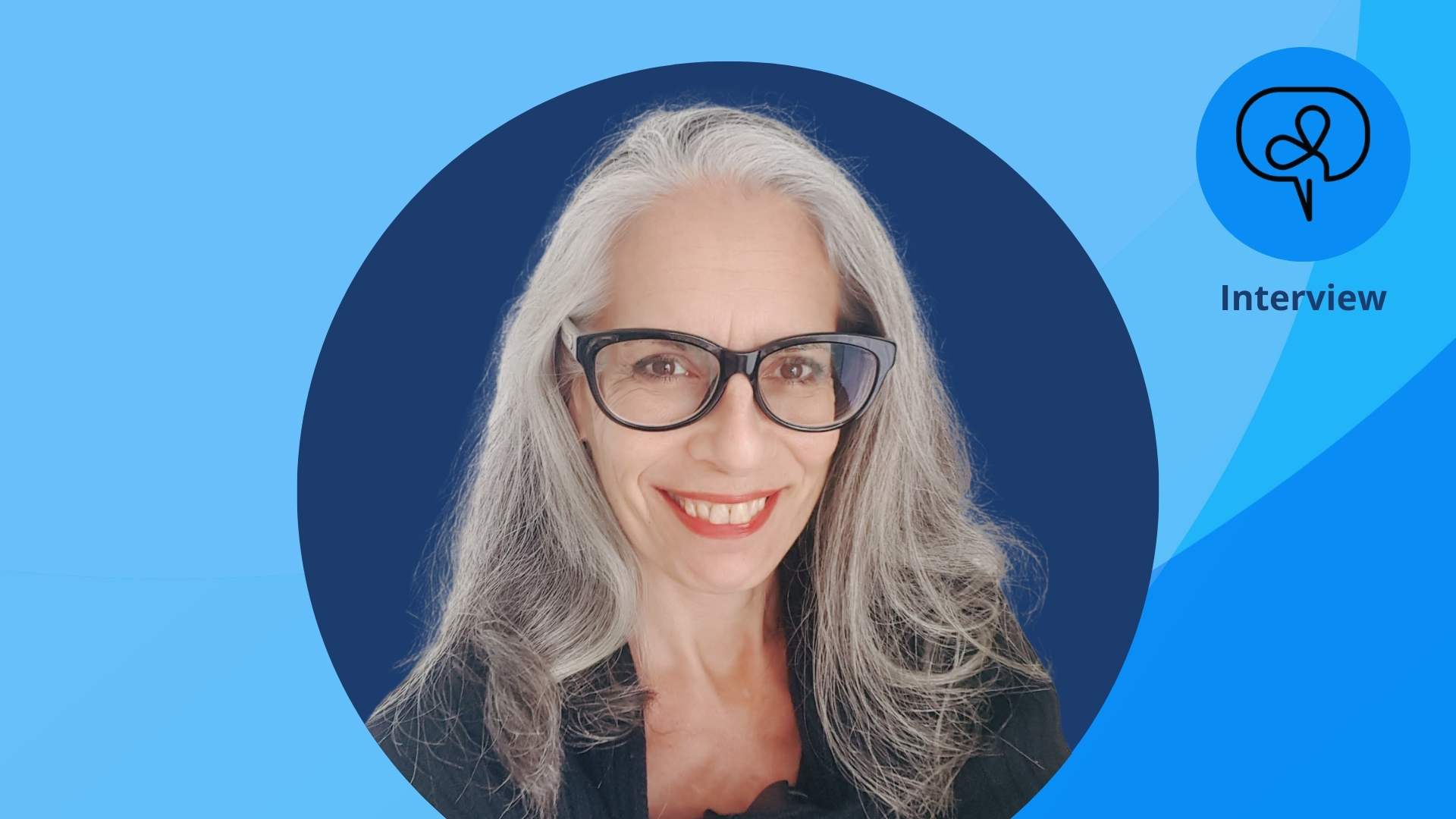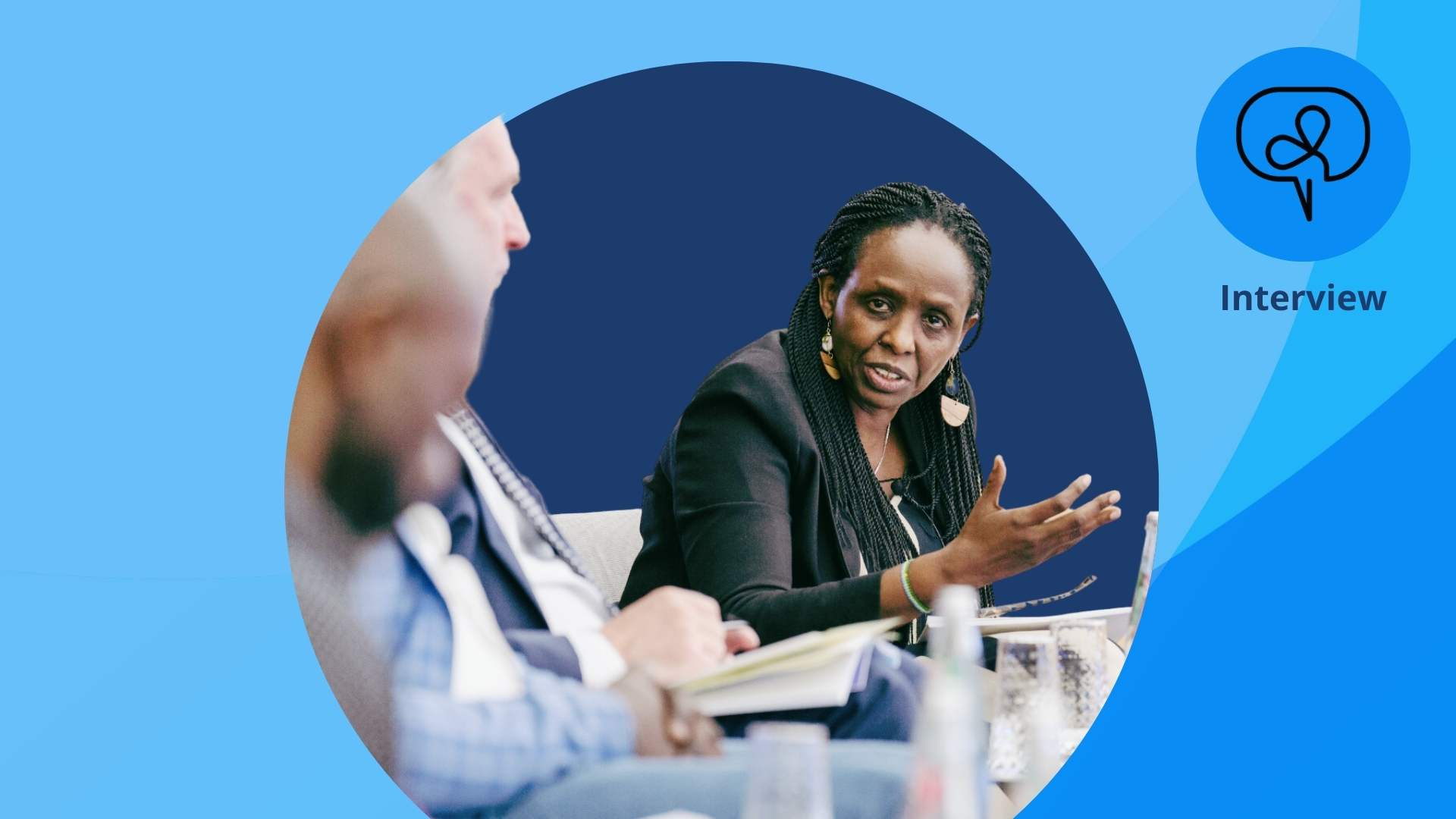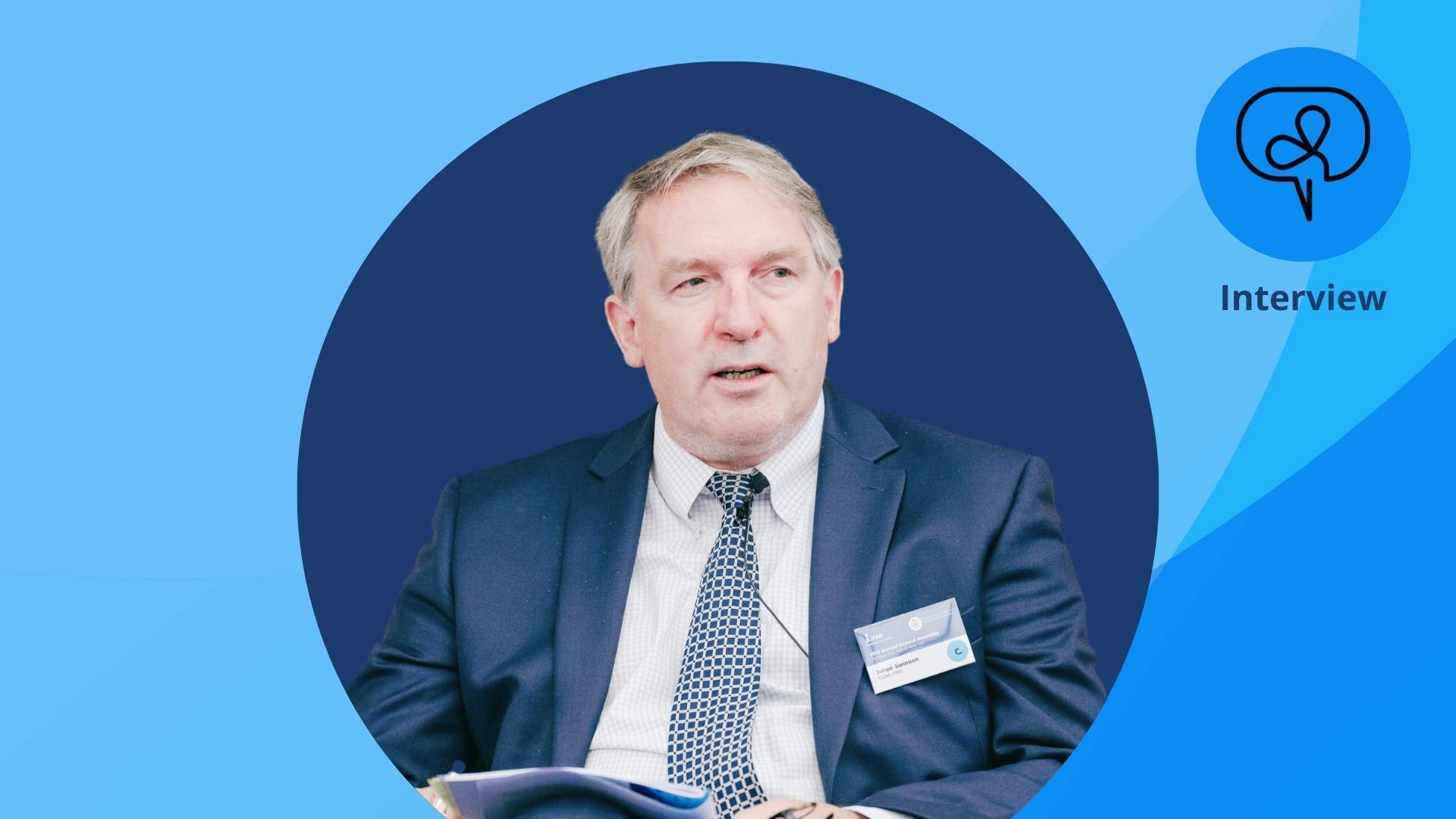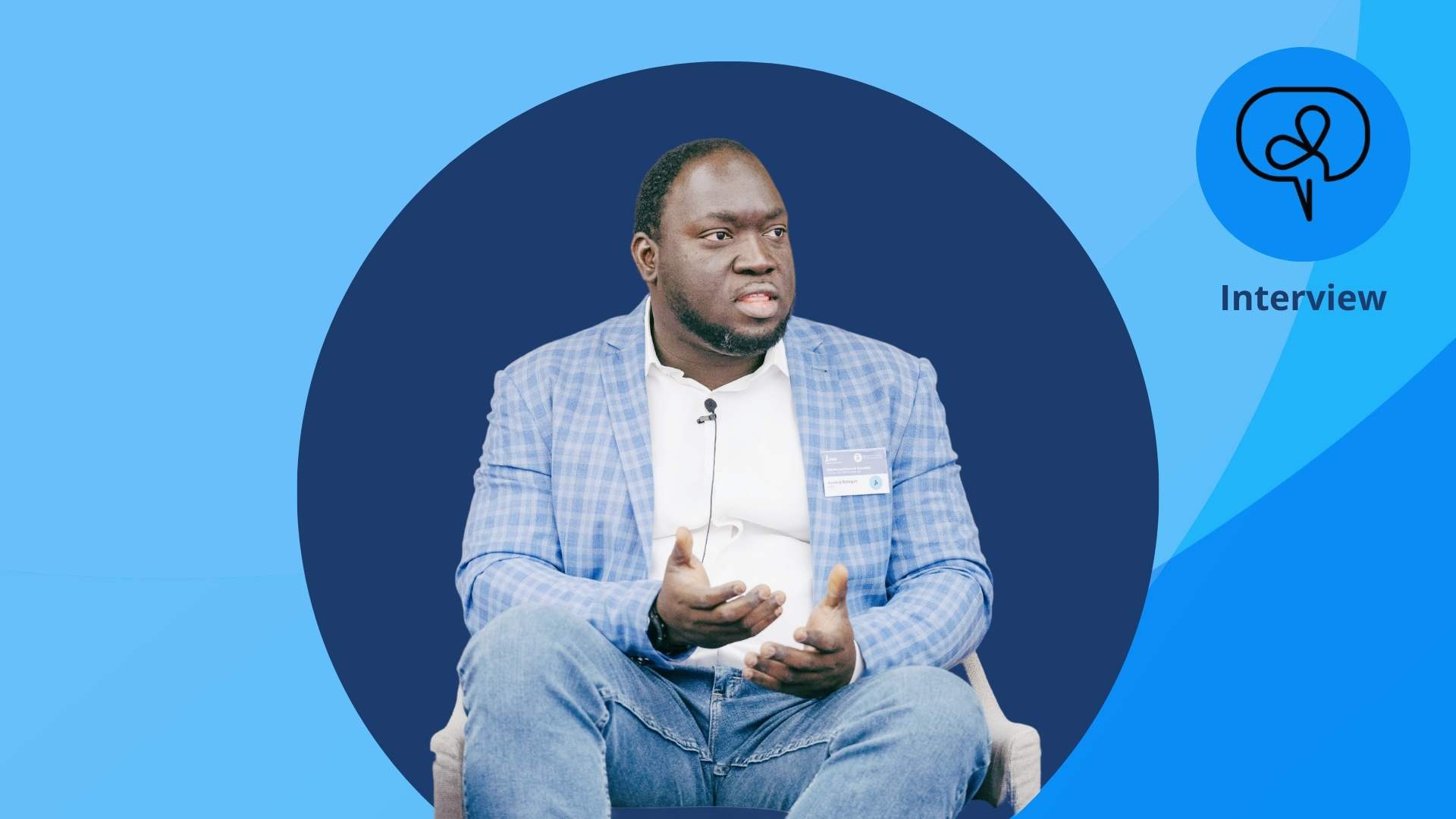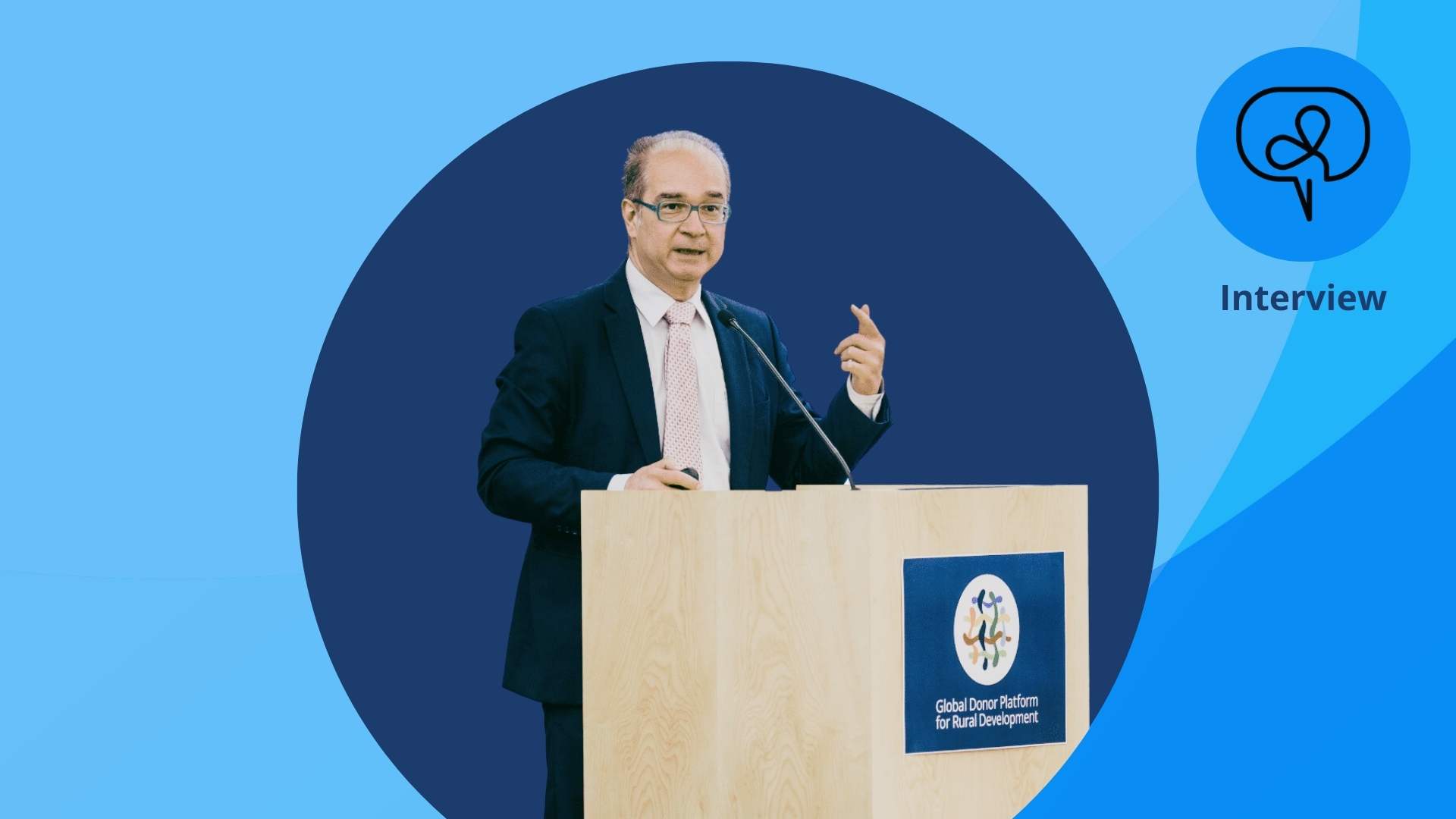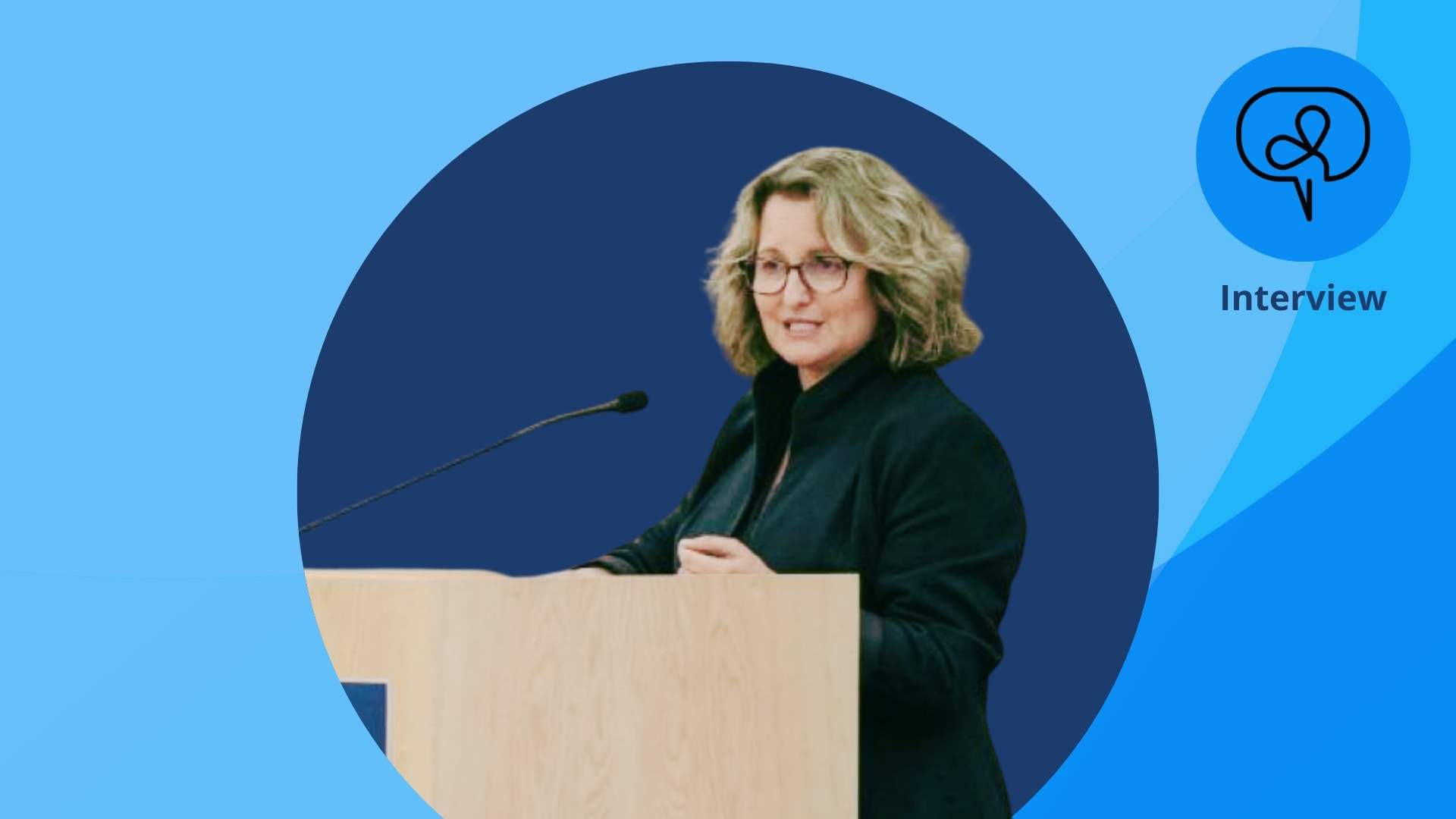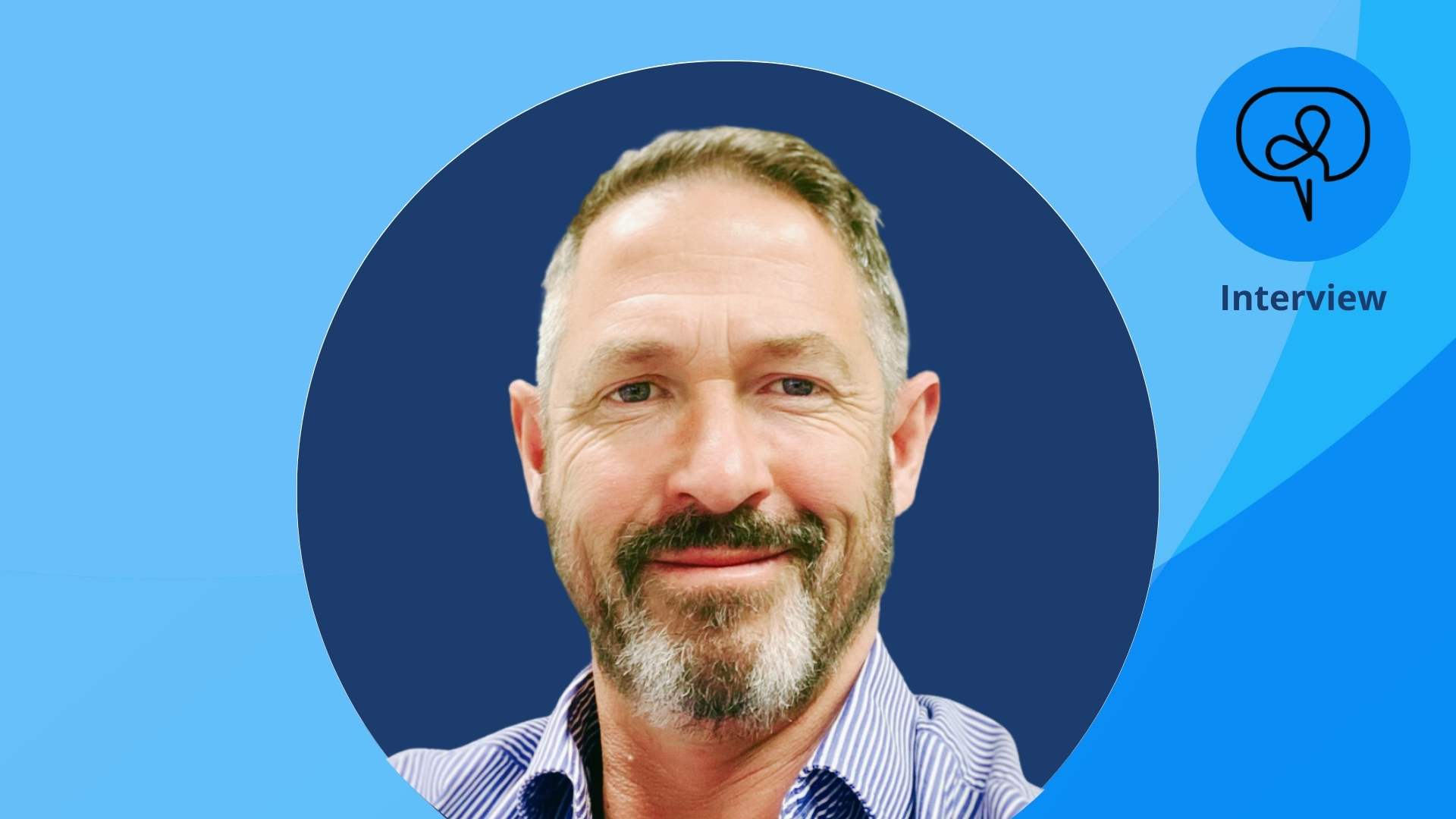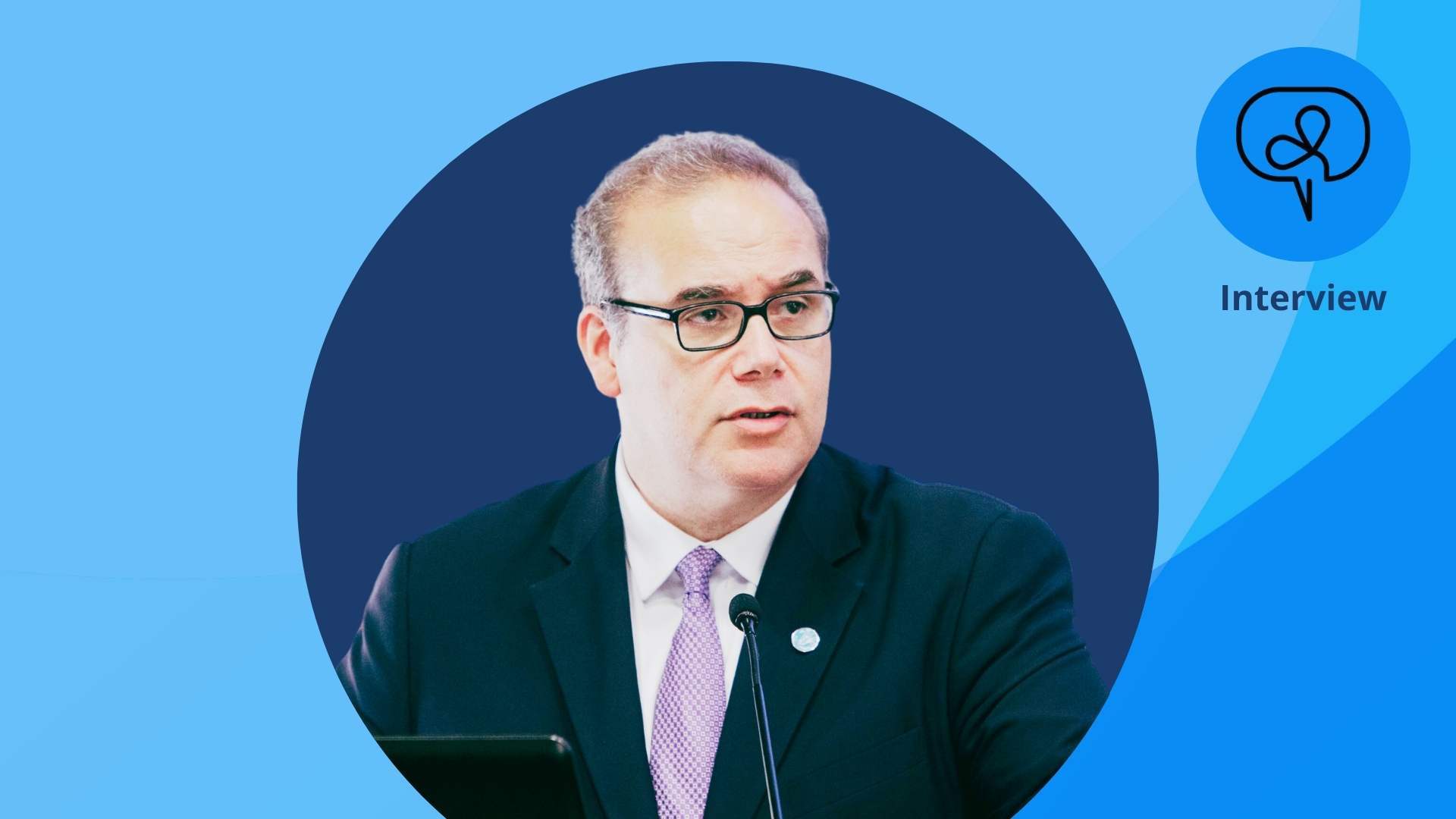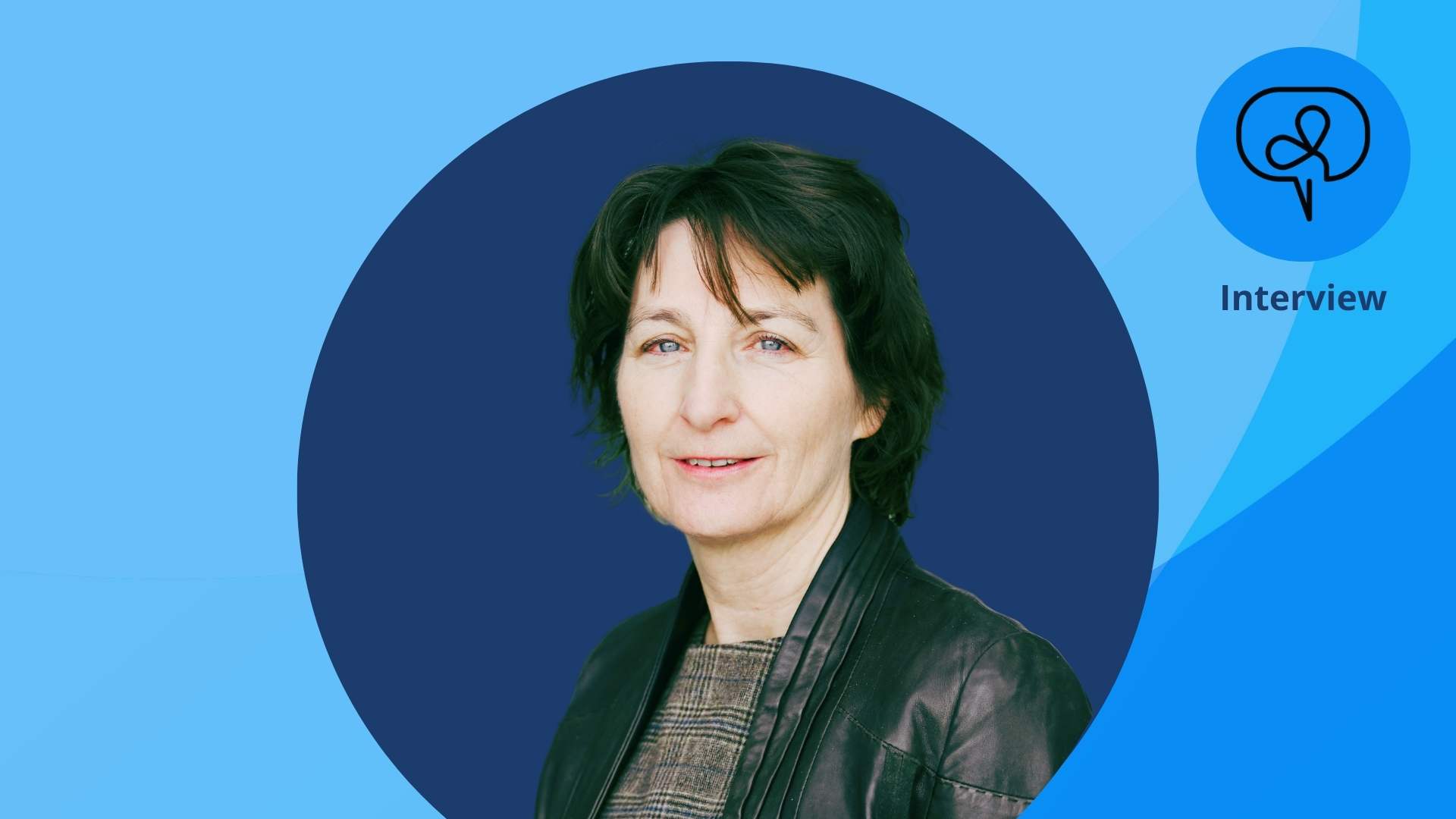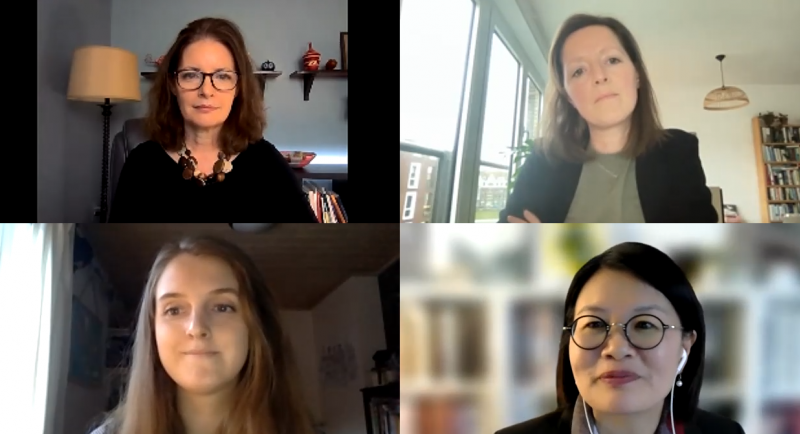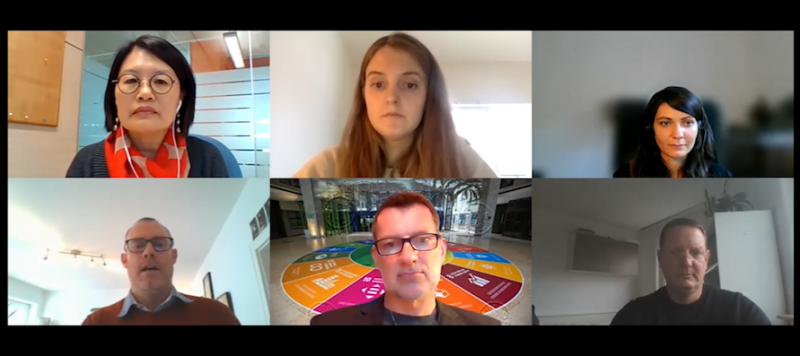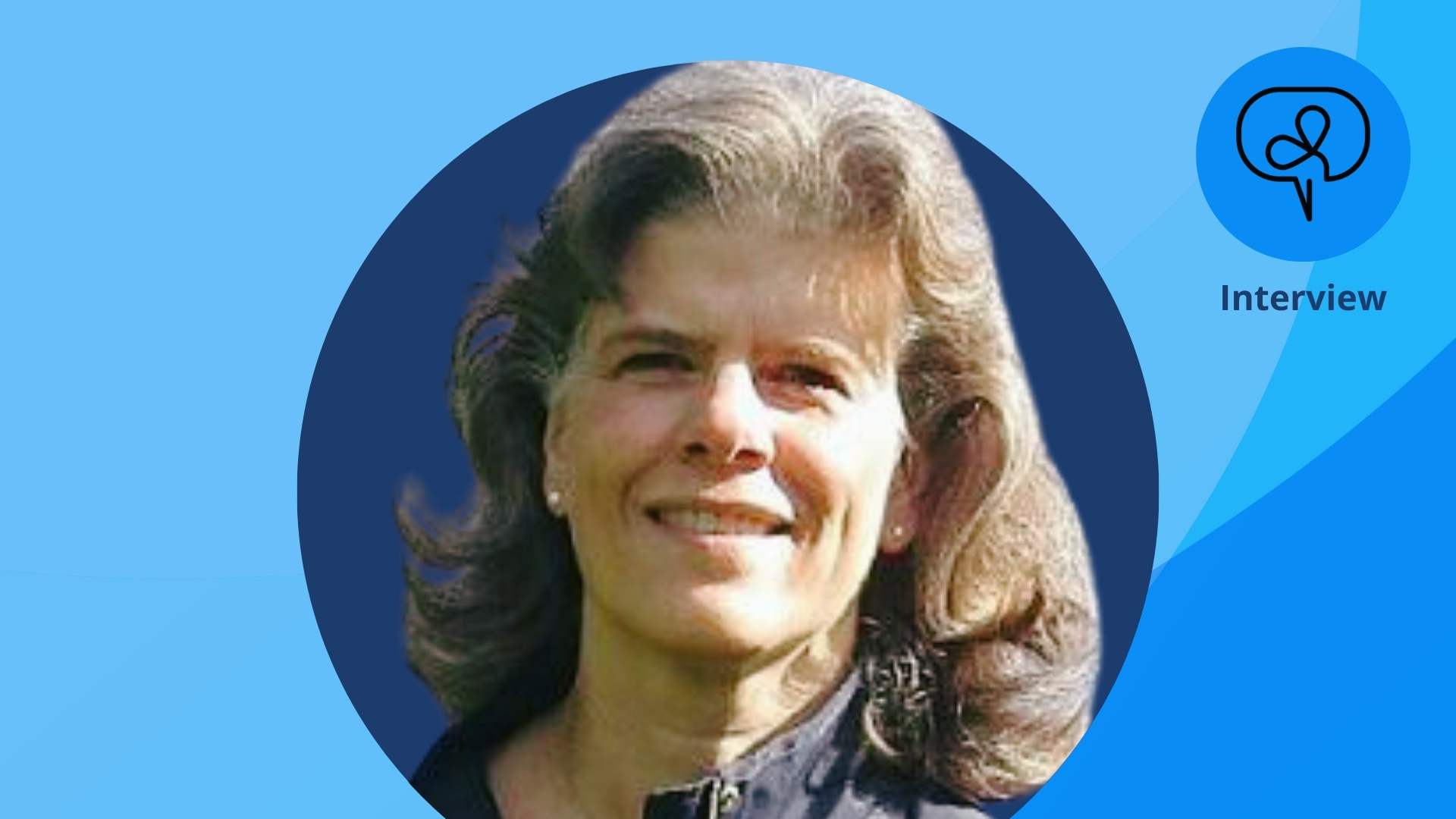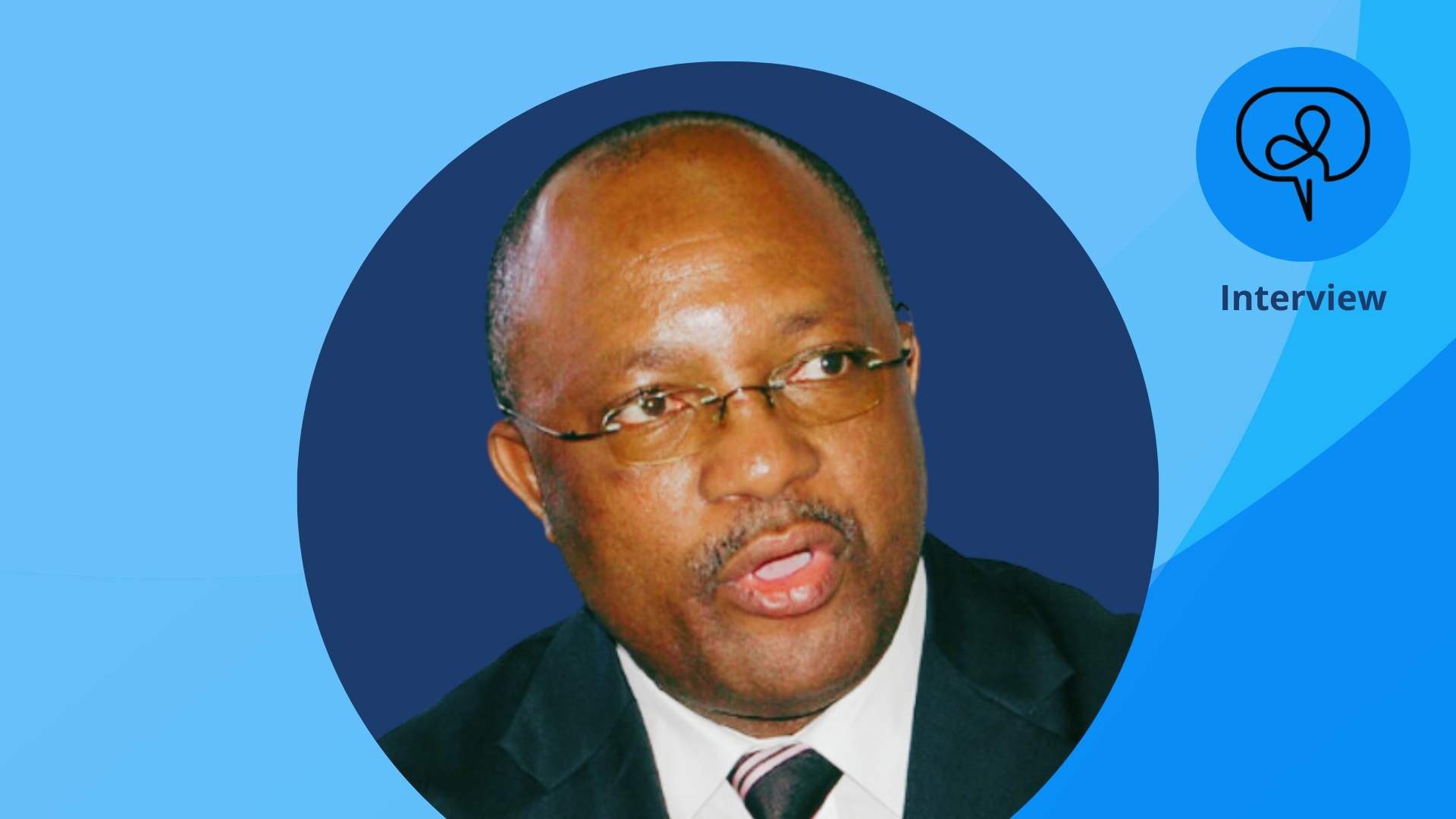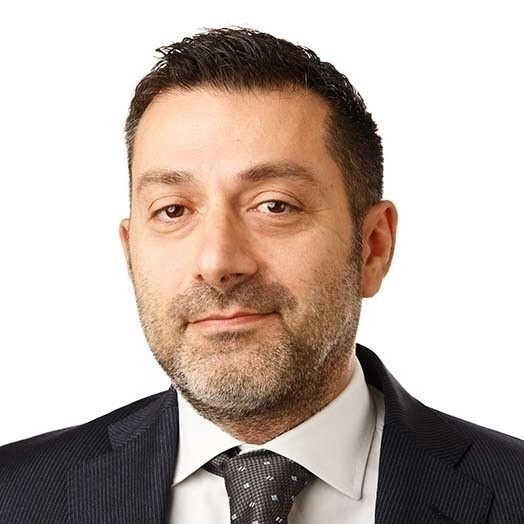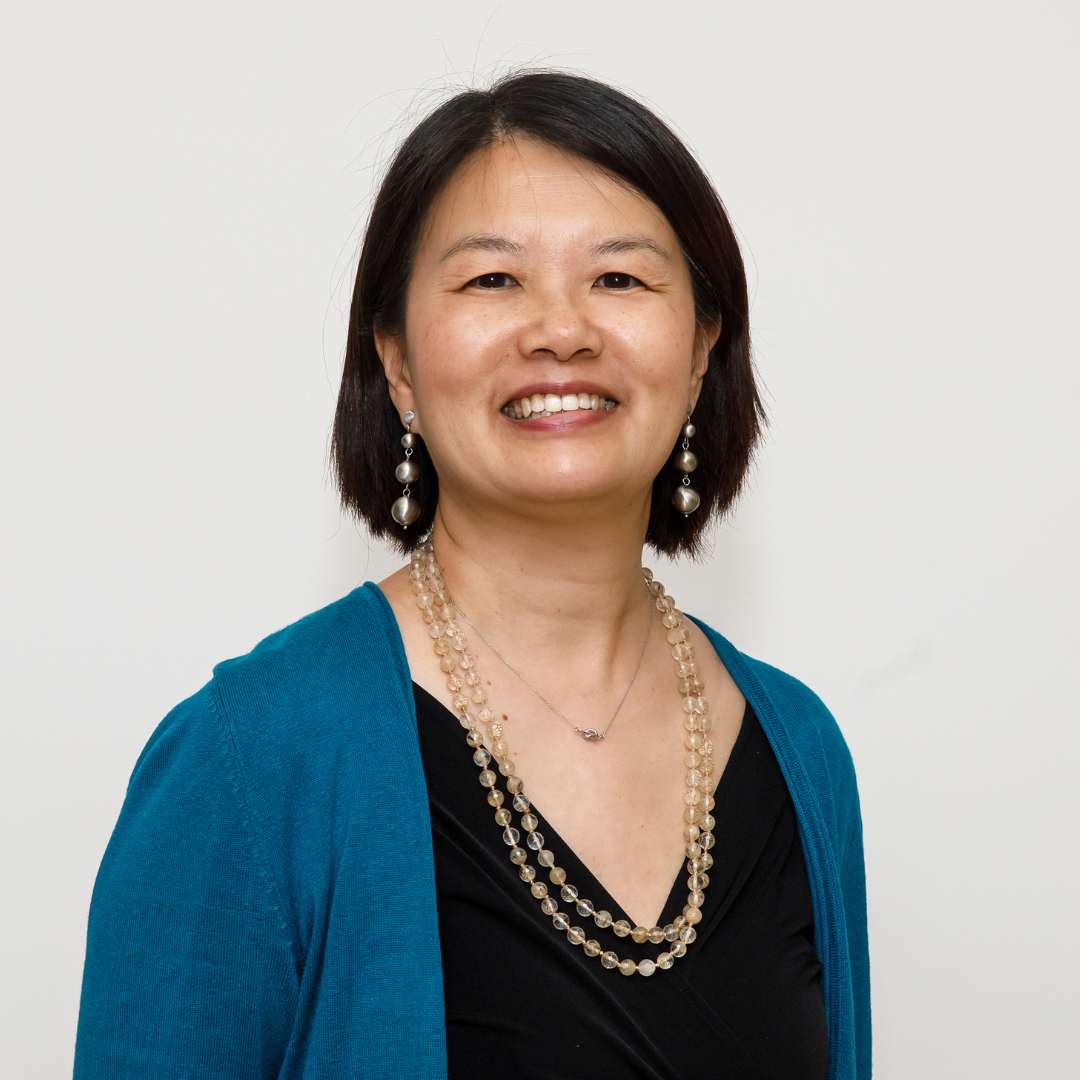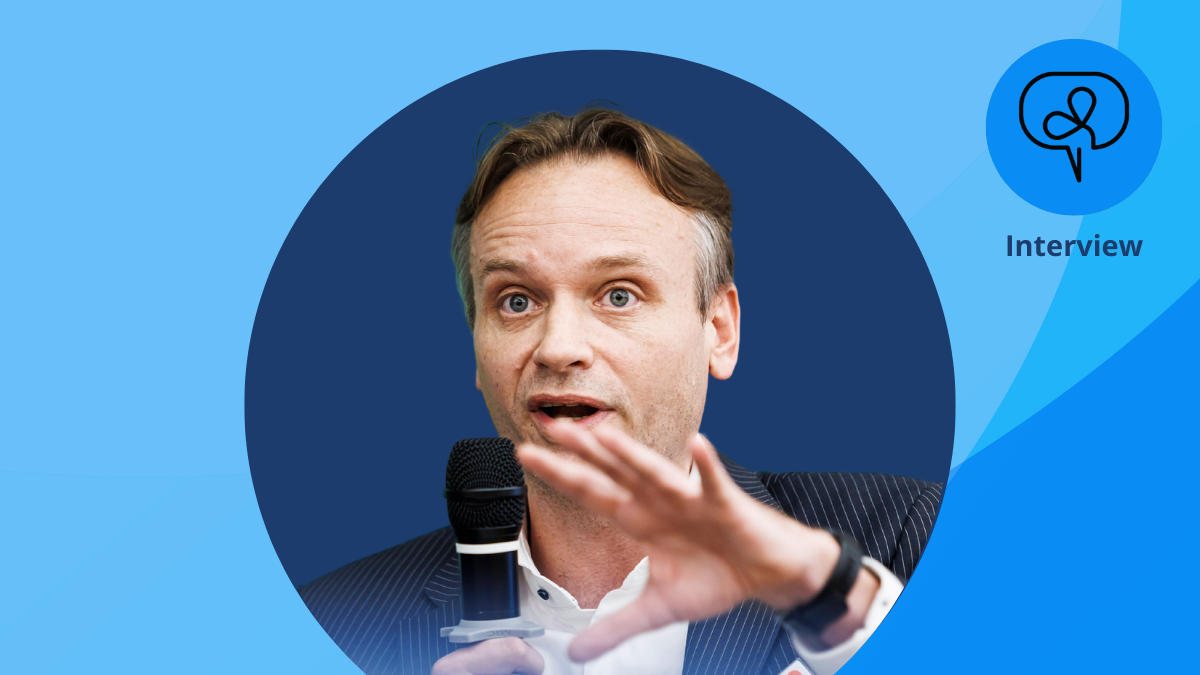
An interview with Tim Diphoorn, One Acre Fund, during the 2024 Annual General Assembly on “Financing Food Systems Transformation and Rural Revitalization: Opportunities and Challenges”.
Tim Diphoorn is the Europe Director of Business Development at One Acre Fund.
Michelle Tang/GDPRD: How does One Acre Fund ensure that investments in small scale farmers contribute to environmentally sustainable and resilient food systems and rural communities?
Tim Diphoorn: One Acre Fund is a nonprofit social enterprise that started out in 2006, initially working with 40 farmers. Since then, the model has scaled to five million farmers. We approach everything from the farmers’ perspective, treating each farmer as a paying customer, which makes our programme very demand driven.
We look at a farmer’s journey from three stages: productivity, ensuring farmers produce more so they have enough food to eat and a little extra to sell; resilience, equipping farmers to withstand shocks, especially given the challenges of climate change; and finally, prosperity, where farmers can actually start investing in businesses and expanding their incomes, allowing their children to go to school and even get a college degree, so that over generations, these families are lifted out of poverty.
On the environmental front, we promote agro-ecological intensification on existing farmland. In Africa specifically, population growth means we need to produce more food in the coming years, putting a strain on resources. By agro-ecologically intensifying production on existing land, farmers are incentivized not to clear nature or forested areas, creating a strong prevention mechanism as well.
We also offer climate-smart training, teaching farmers to compost, use organic waste, intercrop, rotate crops, and implement all kinds of climate-smart practices that regenerate the land. On top of that, we have our tree-planting programme, which has already planted 250 million trees to date. Our goal is to reach 1 billion by 2030. It's a very exciting goal as trees offer numerous environmental and socio-economic benefits.
Think outside the box. One Acre Funds operates as a non-profit but also as a business. We encourage looking at private sector solutions and trying to find better ways of blending beyond traditional business models.
Michelle: What kind of support does an organization like One Acre Fund need from donors to better target financing?
Tim: Almost all nonprofits will say the same —unrestricted funding, especially long-term unrestricted funding, makes the most impact. This allows an organization to absorb shocks, make meaningful changes, adapt programming flexibly, and invest in difficult areas like research and development.
Some of our more challenging work requires more support from donors. In research and development, we have a pipeline of innovations that are trialed and then tested with farmers to see if they work. If it's promising, we scale it up through our different delivery channels. This requires patience because it can sometimes take years before we find a product worth scaling. Insurance is another complicated topic, as it requires different types of capital and funding instruments.
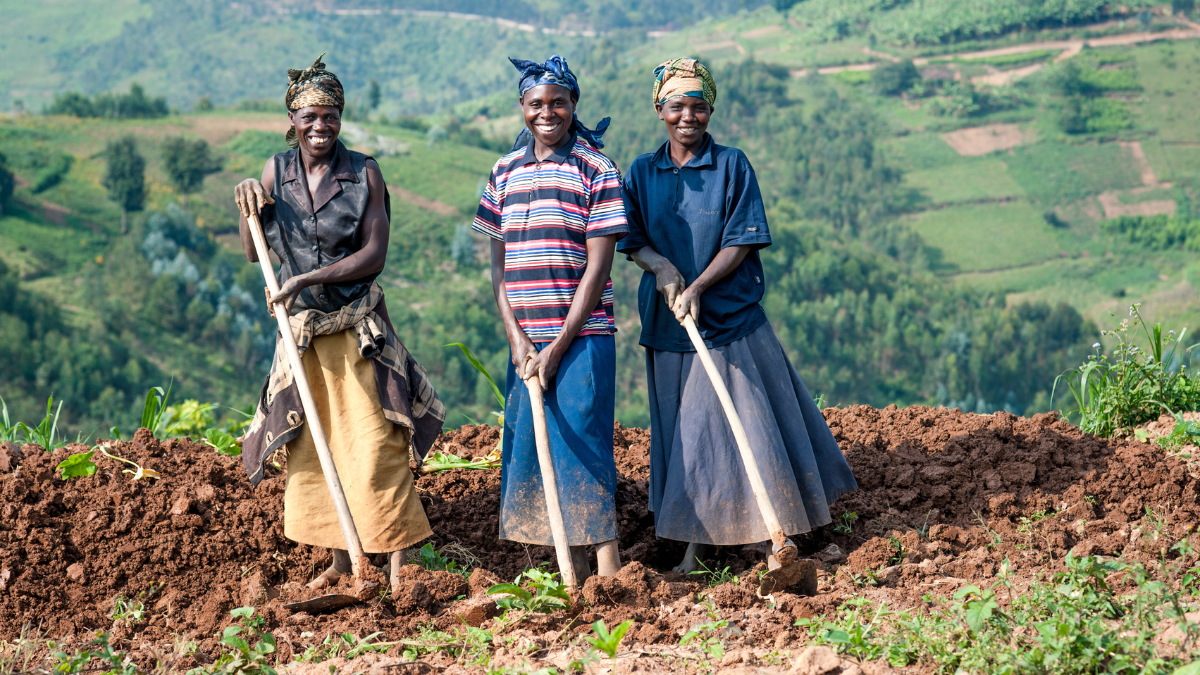
Some of our more challenging work requires more support from donors. [...] This requires patience because it can sometimes take years before we find a product worth scaling.
Michelle: What are the building blocks to success?
Tim: As a blended finance organization, we have three forms of funding. First, our agri-finance model, where farmers repay for our services, covers about 70% of our operating costs. The remaining 30% we get through grants. Finally, there is the debt we attract from different impact investors and financial institutions. We need debt because of the seasonal nature in which we operate. For example, when farmers plant, we need to purchase goods in bulk and deliver them to farmers rapidly.
These different revenue streams require different instruments to be effective. These include guarantees, first-loss facilities, and blended instruments where we can look at not only attracting grants but also debt. There is a mixture of instruments that we can access.
It’s important to take a systems approach—from the farm community level to the production landscape, to markets, enabling policies, and finally, norms and attitudes, which are critical. It’s not only about finance but also a whole range of interventions at different levels. You need enablers and catalysts to make that change.
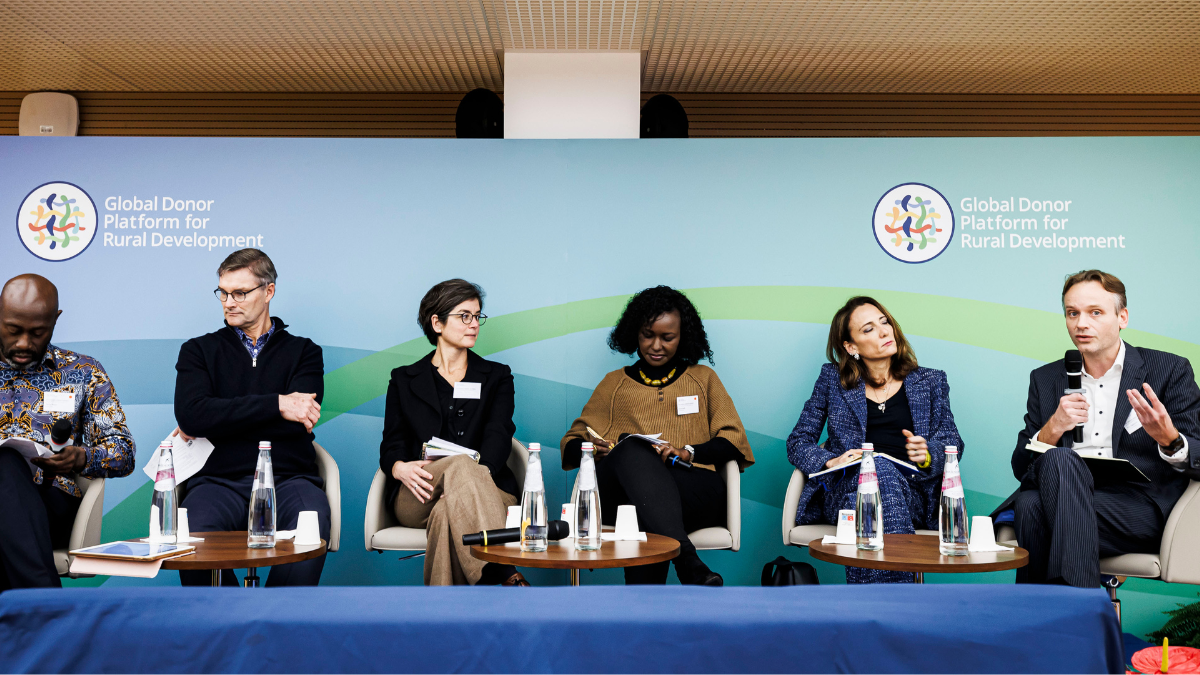
Group photo after the Synthesis Panel on "Implications of the AGA discussions on finance and GDPRD future directions" during the 2024 Annual General Assembly. From left to right: Henry Bonsu, Jim Woodhill, Agnes Johan, Jenice Achieng, Natalia Toschi, and Tim Diphoorn.
It’s important to take a systems approach. [...] It’s not only about finance but also a whole range of interventions at different levels. You need enablers and catalysts to make that change.
Michelle: What do you think is currently missing in the financial system?
FINAL ANSWER TK HERE
Tim: Working with smallholder farmers, we see the importance of behaviour change: instilling new mindsets, practices, and getting farmers to change the way they work. This can be a very lengthy process. For example, encouraging farmers to apply less fertilizer goes contrary to what they've been led to believe. But studies show that if done right, you don't need as much fertilizer to achieve the same yield. This requires a lot of persuasion, focus group discussions, and trialing.
Another overlooked opportunity is remittances. There's so much funding coming from diaspora communities in Europe and North America going to these farming communities, but we're not fully aware of the scale of impact it has on farmers.
Michelle: What would you consider to be the most promising development and the most significant challenge facing rural development?
Tim: Climate change. It really requires different kinds of interventions. At One Acre Fund, we are increasingly looking at how we can improve our insurance offering so that when farmers’ crops fail, they are forgiven for their loan repayment. We want to go further by providing additional cash transfer to create social safety nets and ensure it is done in time. It takes a long time before farmers’ insurance claims are approved, and they don't have time to wait.
Michelle: What is one message you would like the donor community to walk away with?
Tim: Think outside the box. One Acre Funds operates as a non-profit but also as a business. We encourage looking at private sector solutions and trying to find better ways of blending beyond traditional business models.
Learn more about the 2024 Annual General Assembly on "Financing Food Systems Transformation and Rural Revitalization".
Photos: ©Flavio Ianniello/IFAD and One Acre Fund
